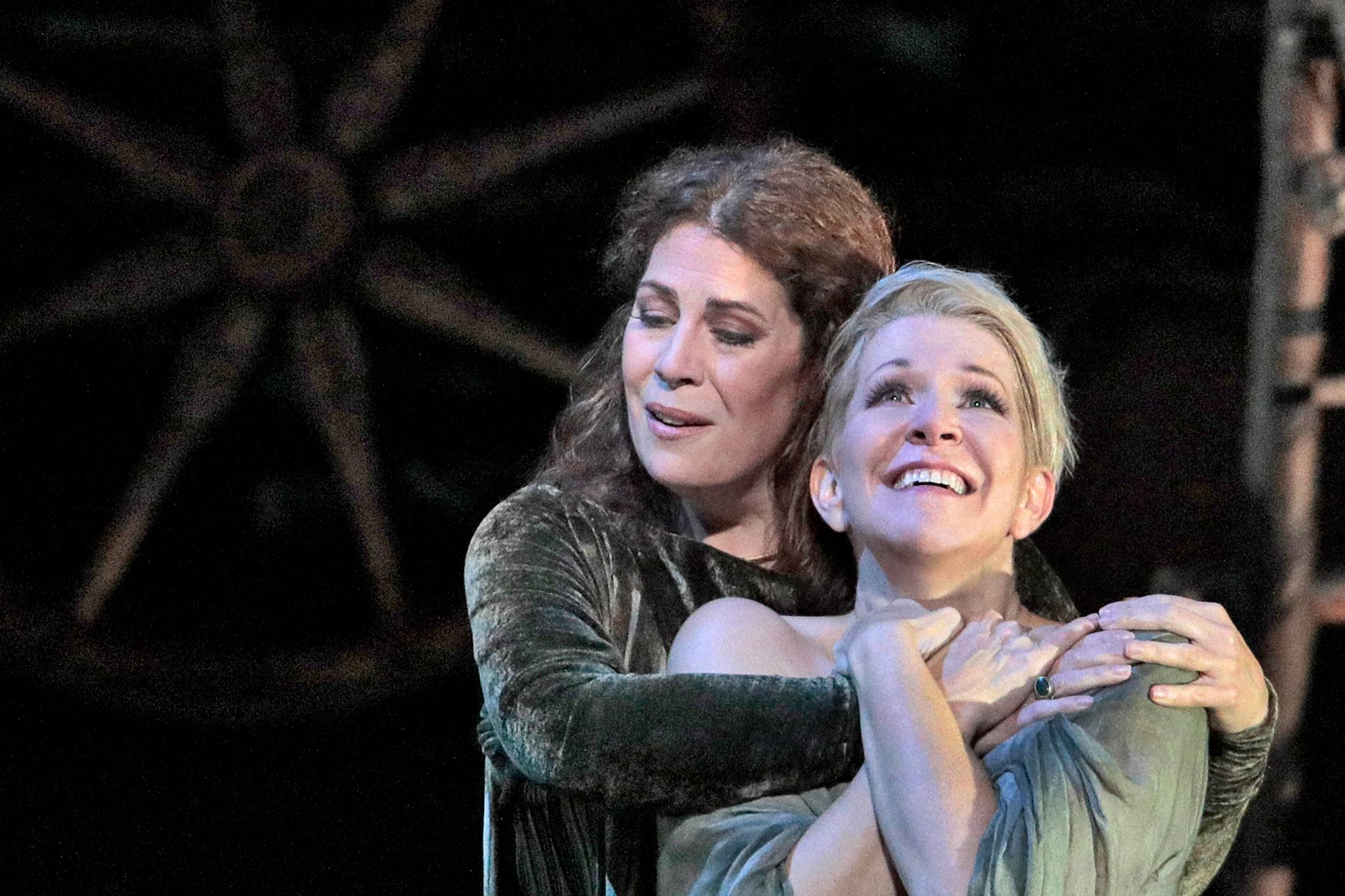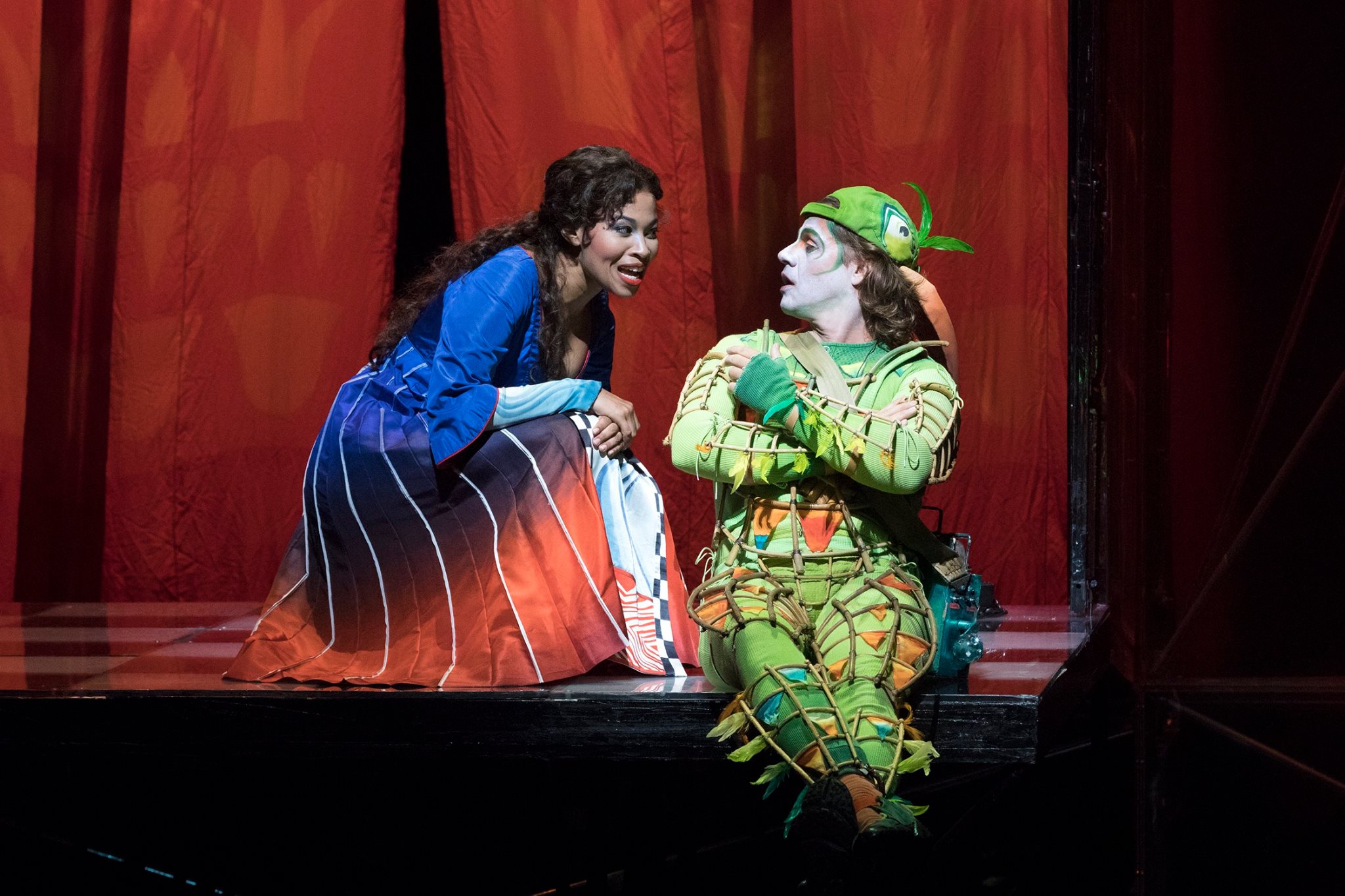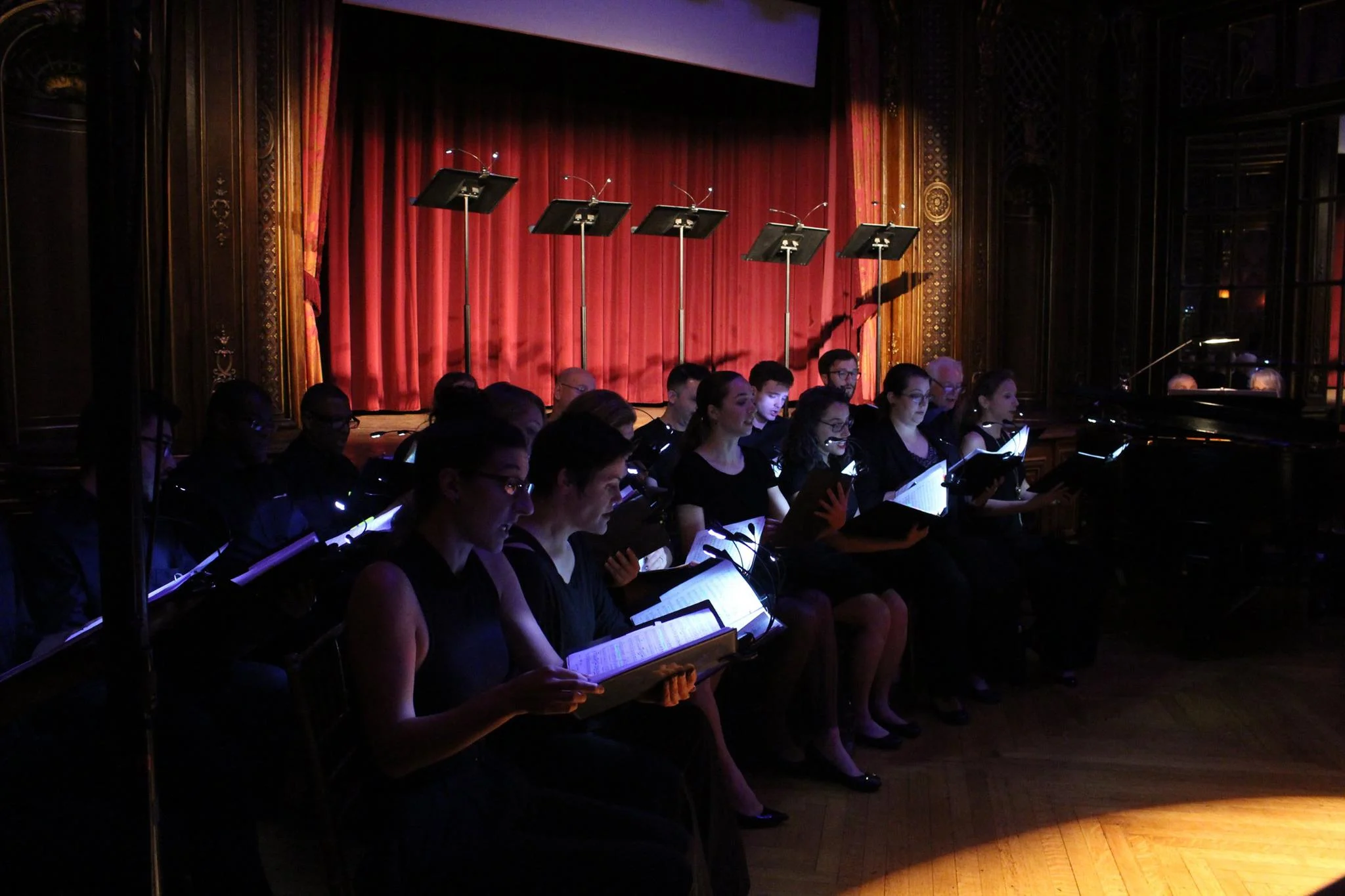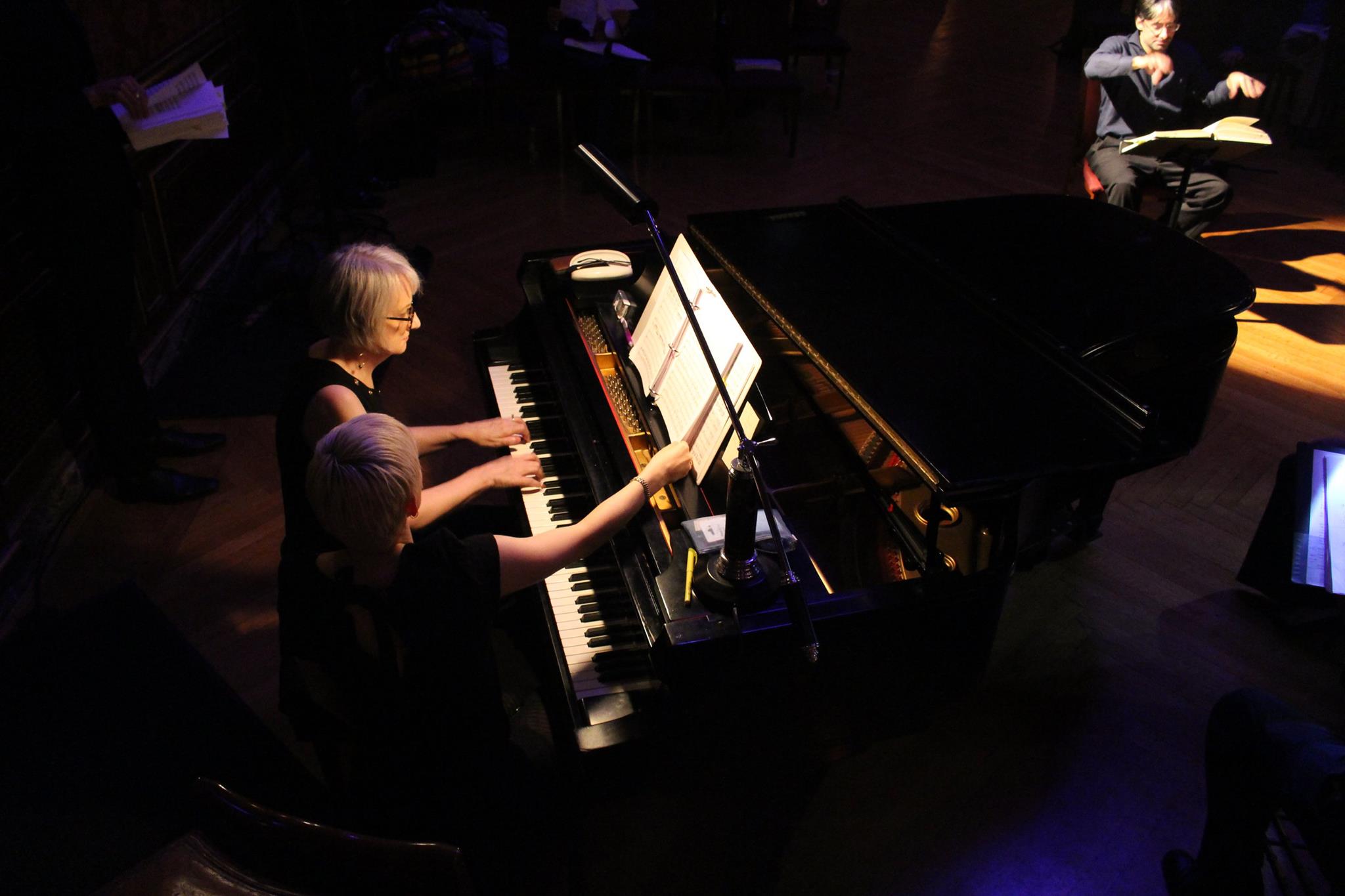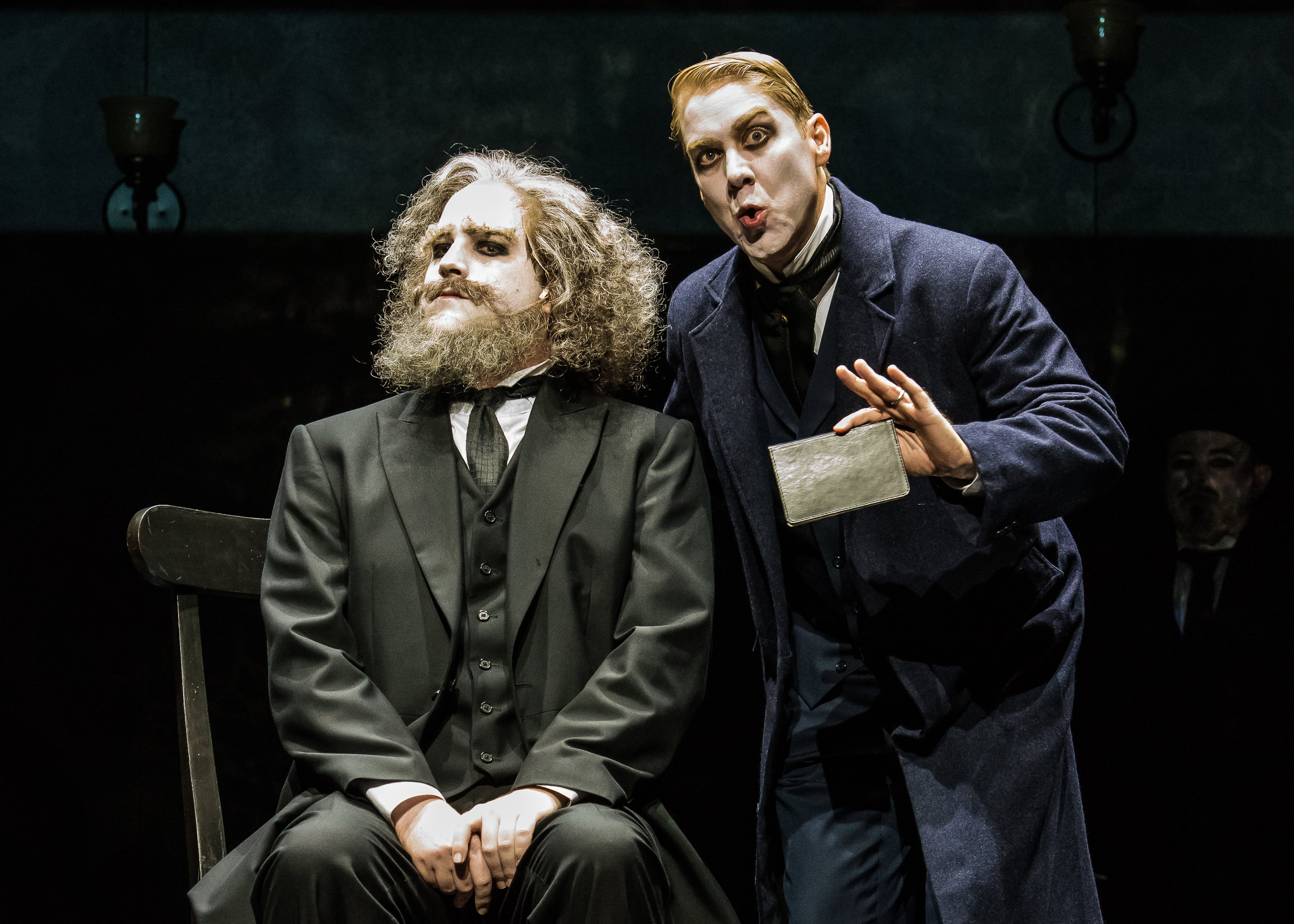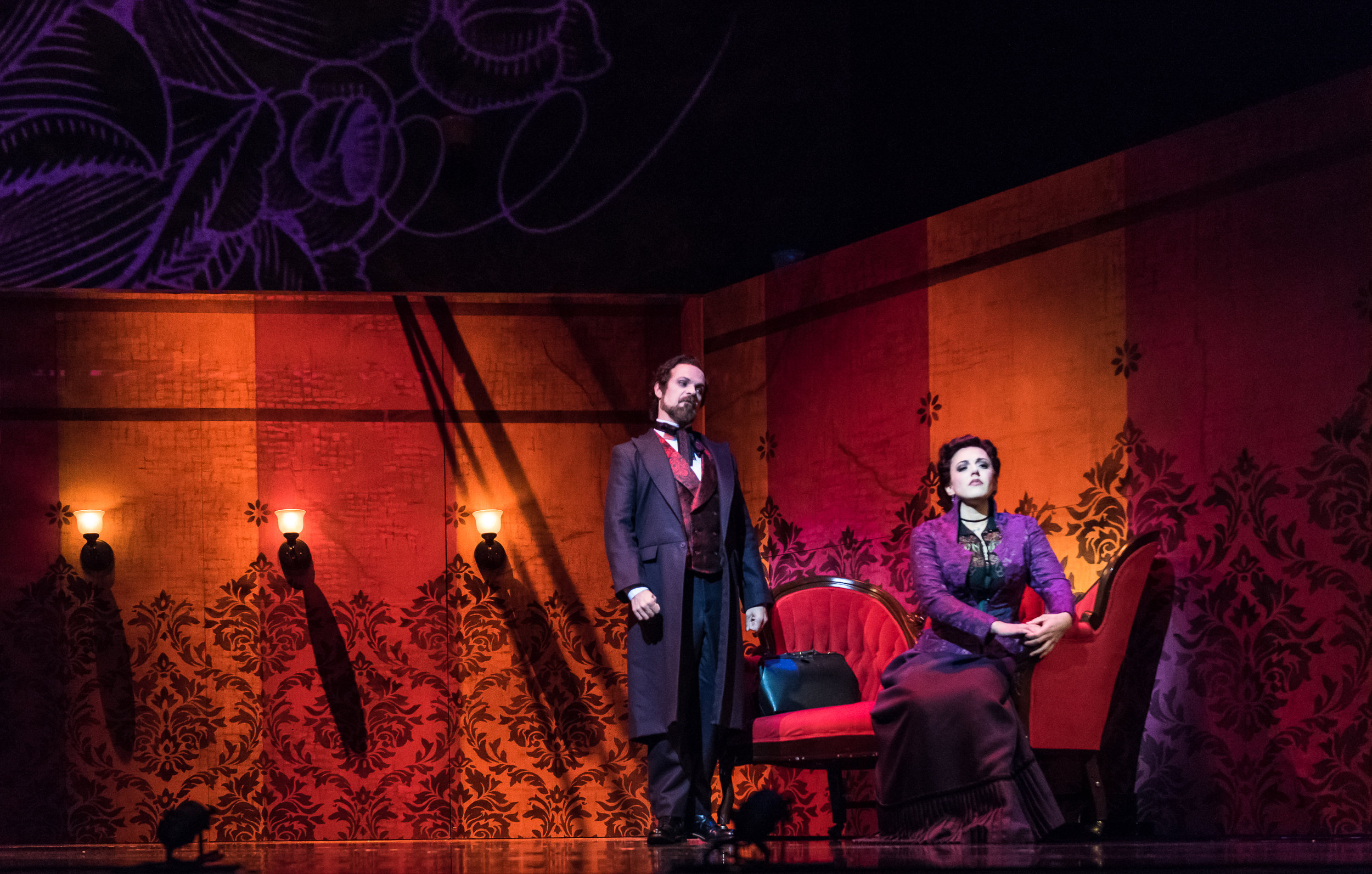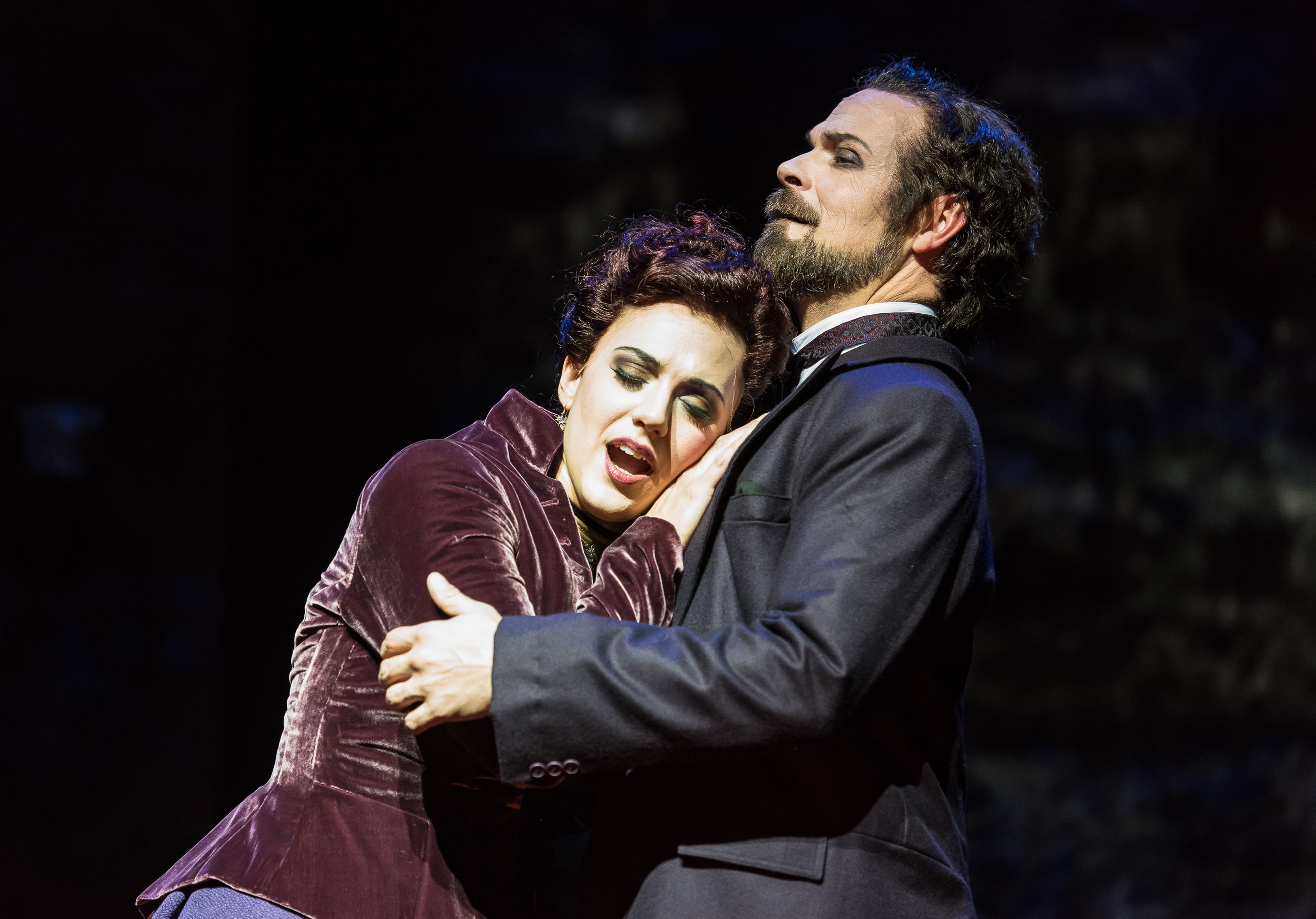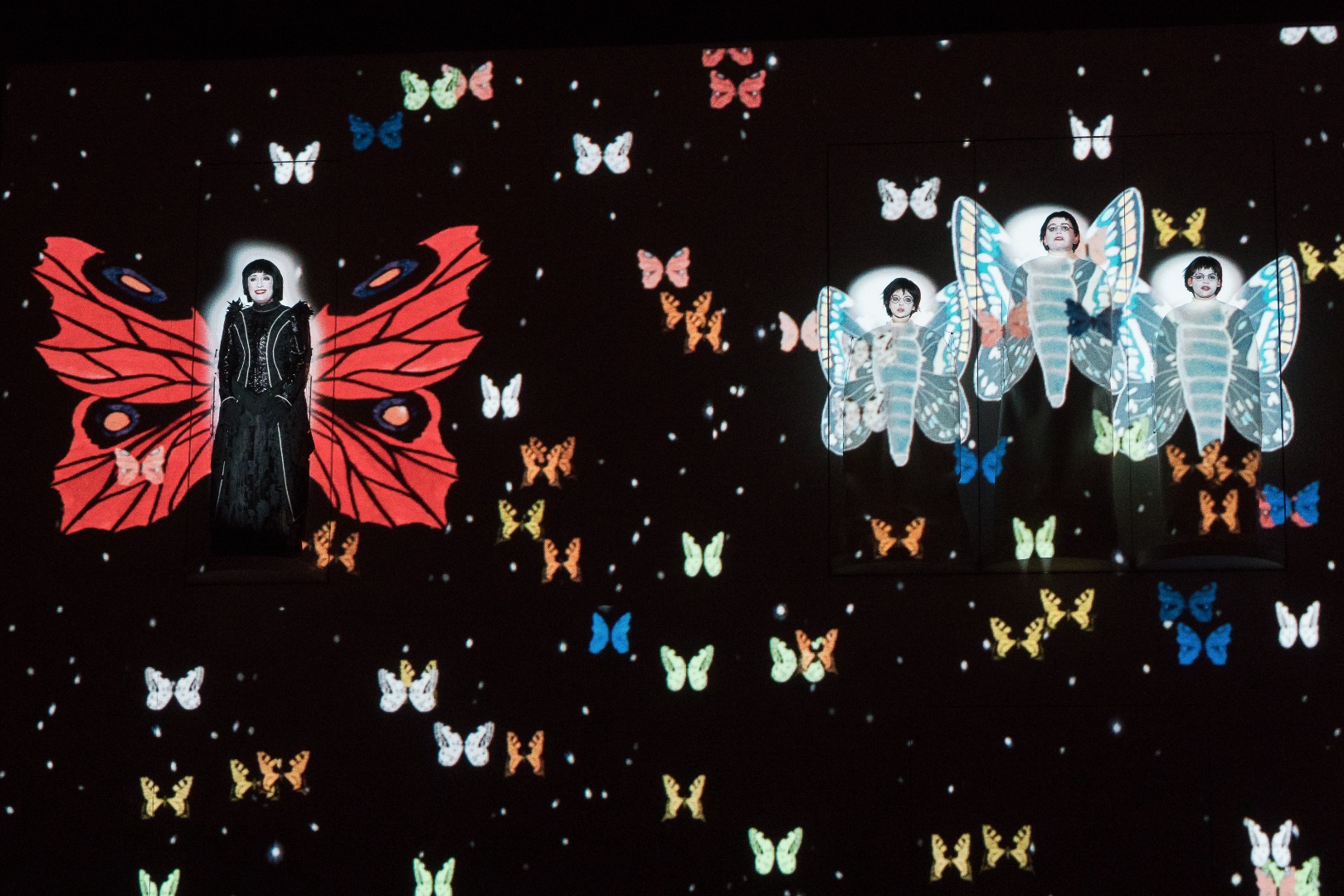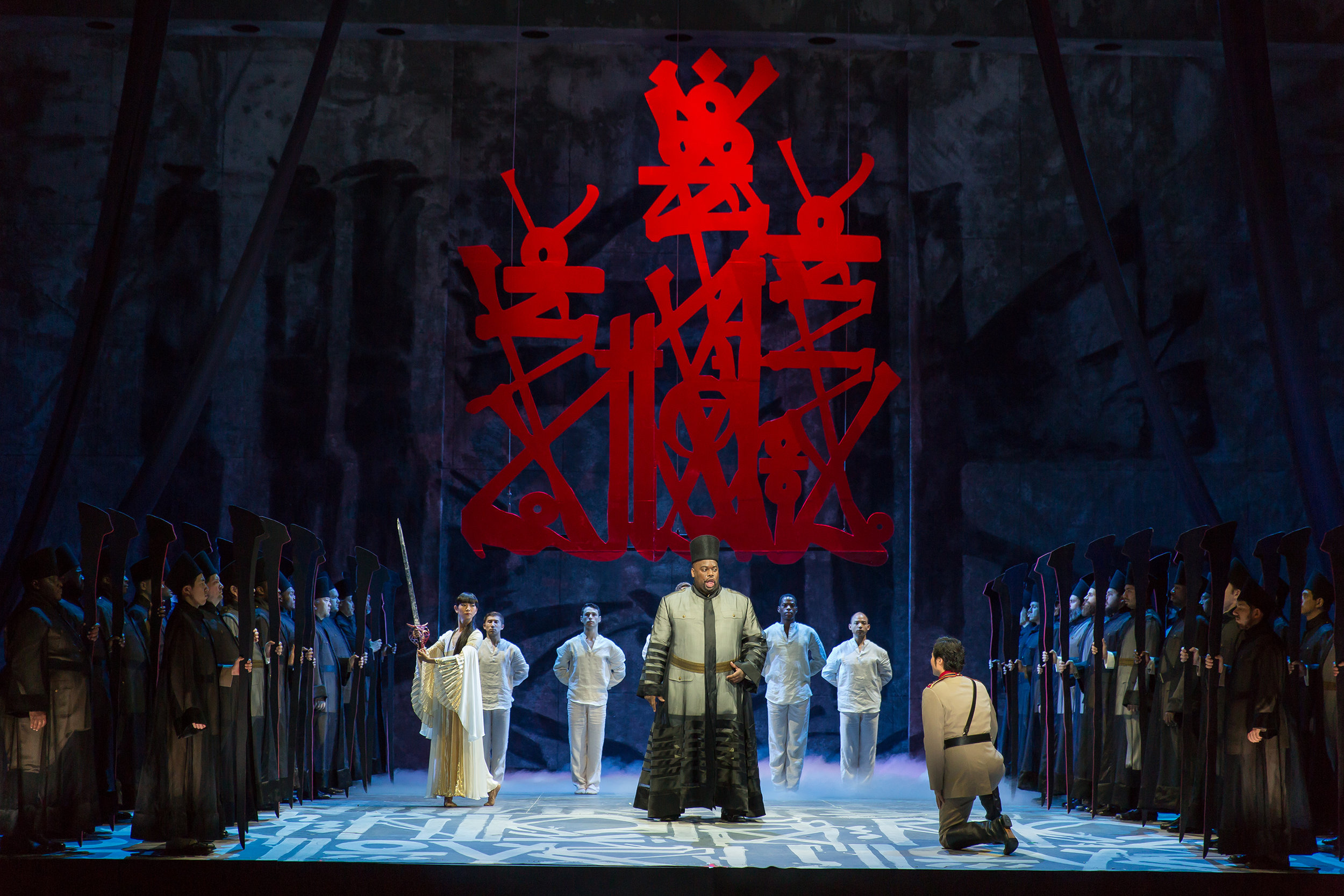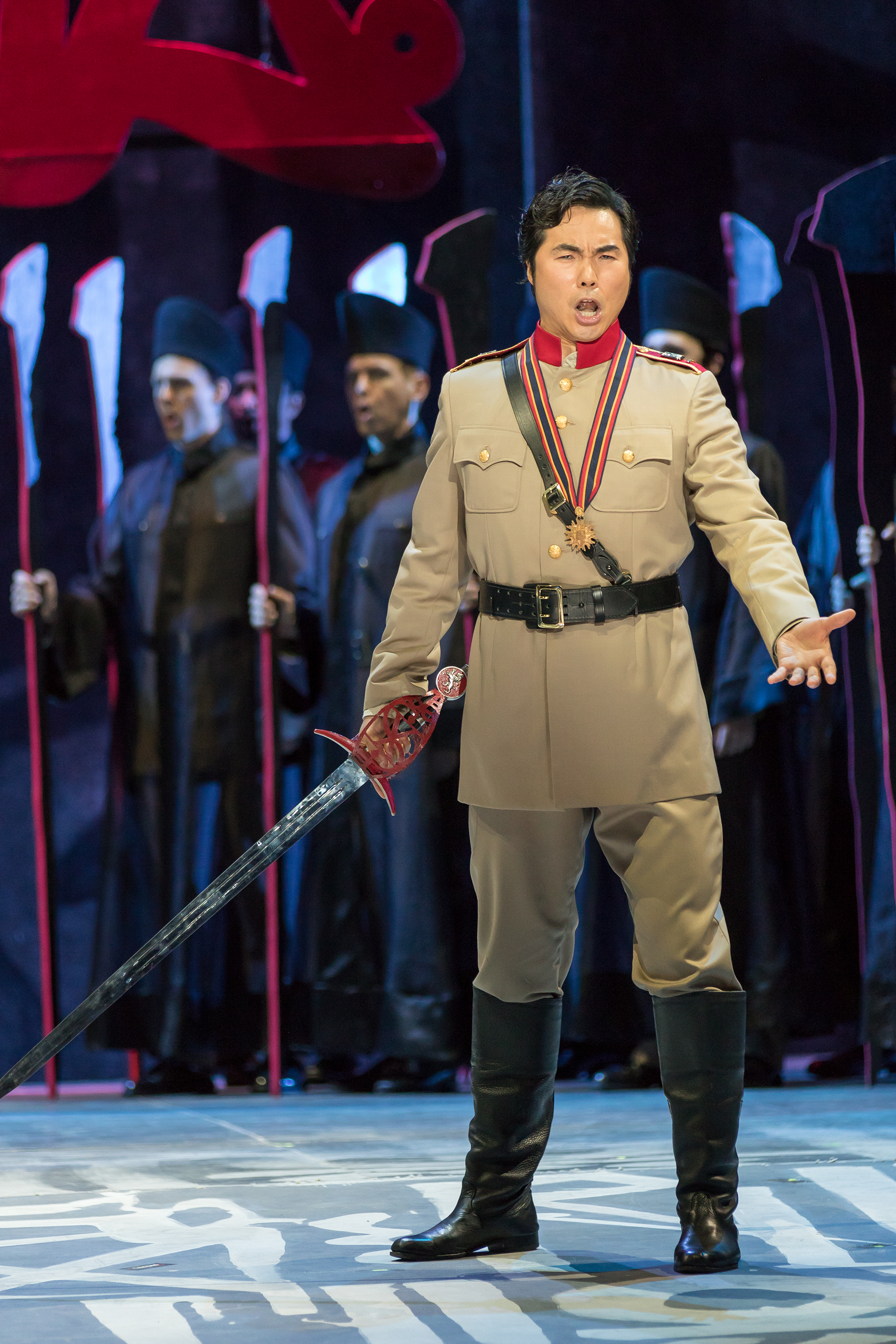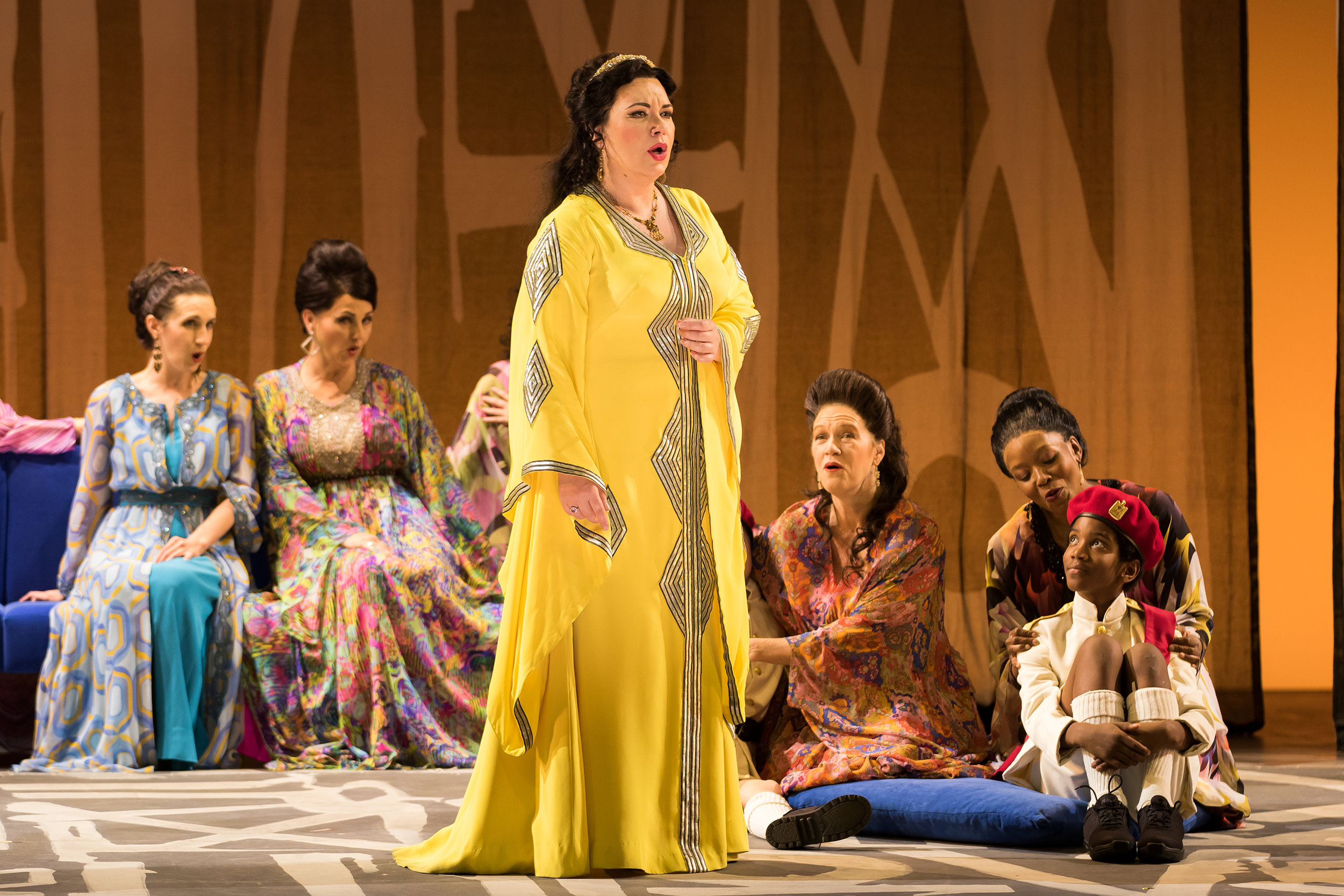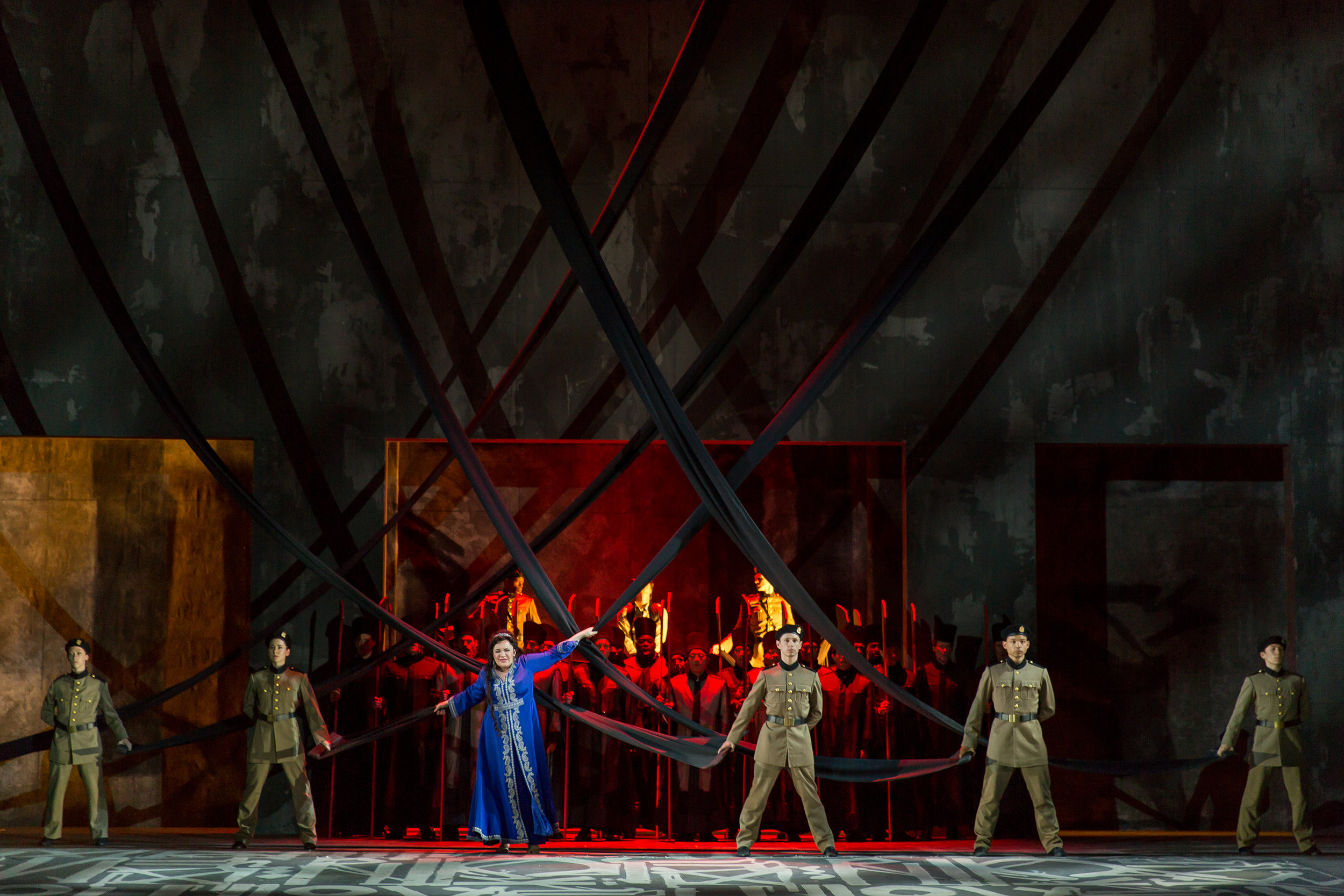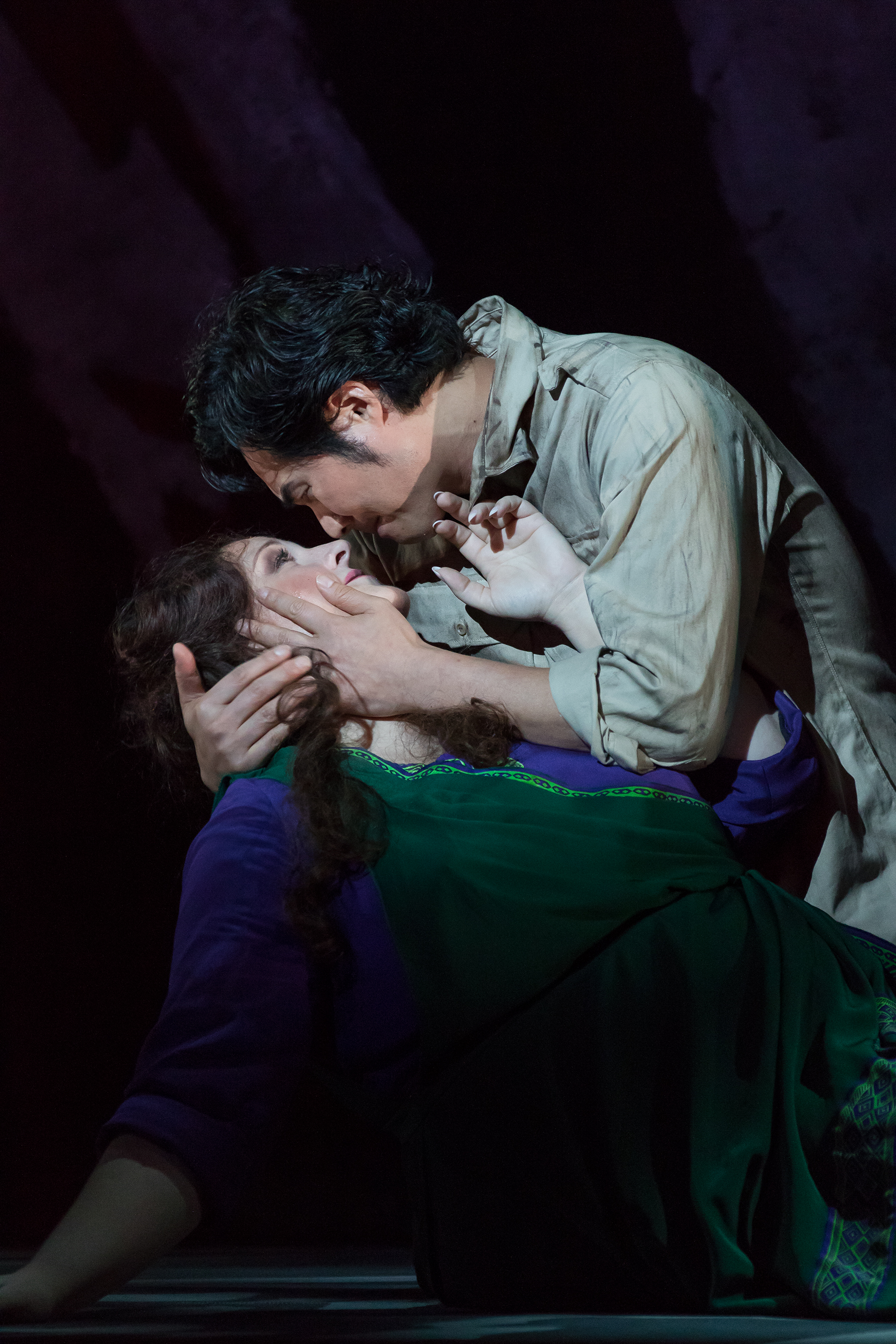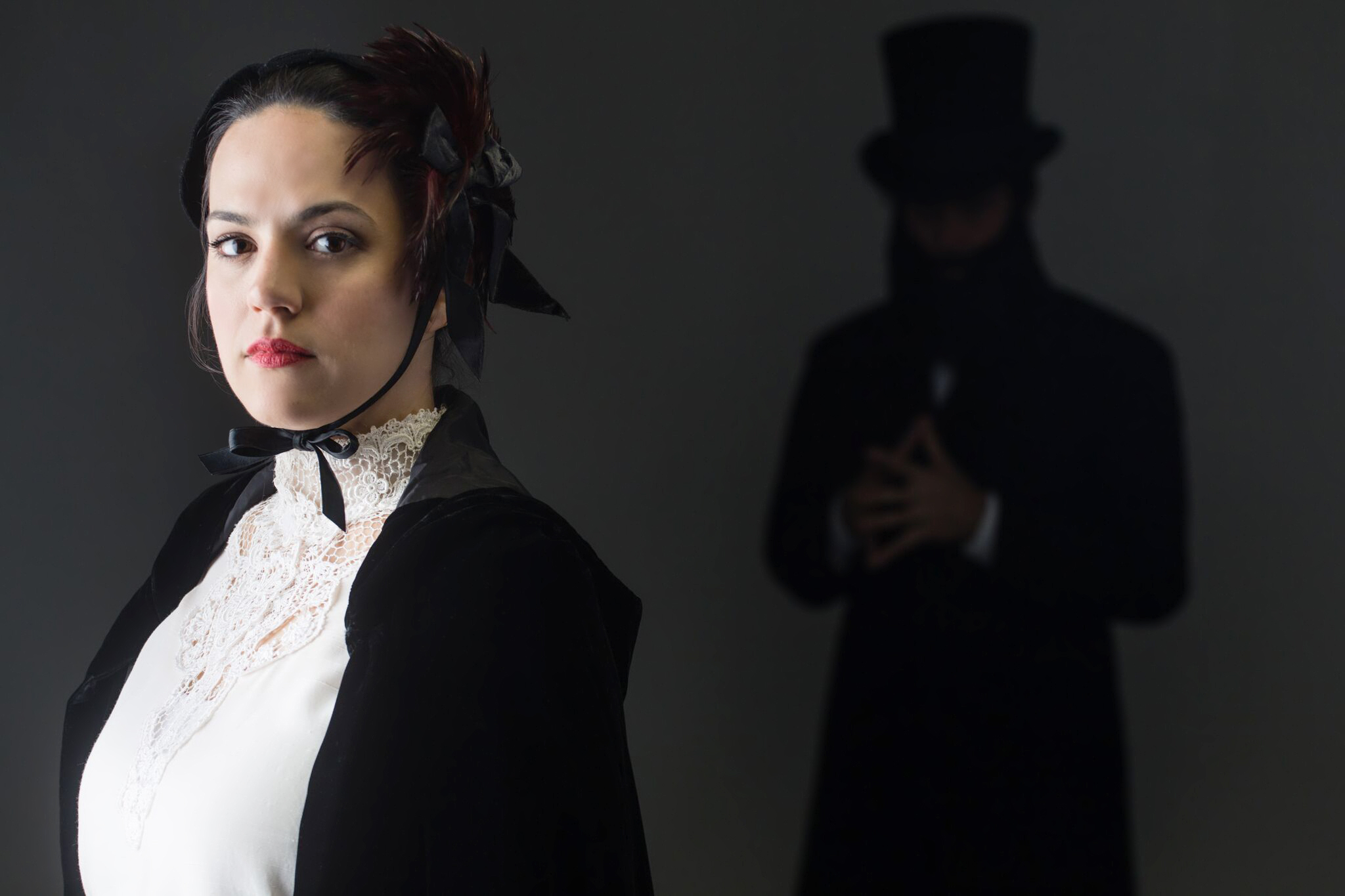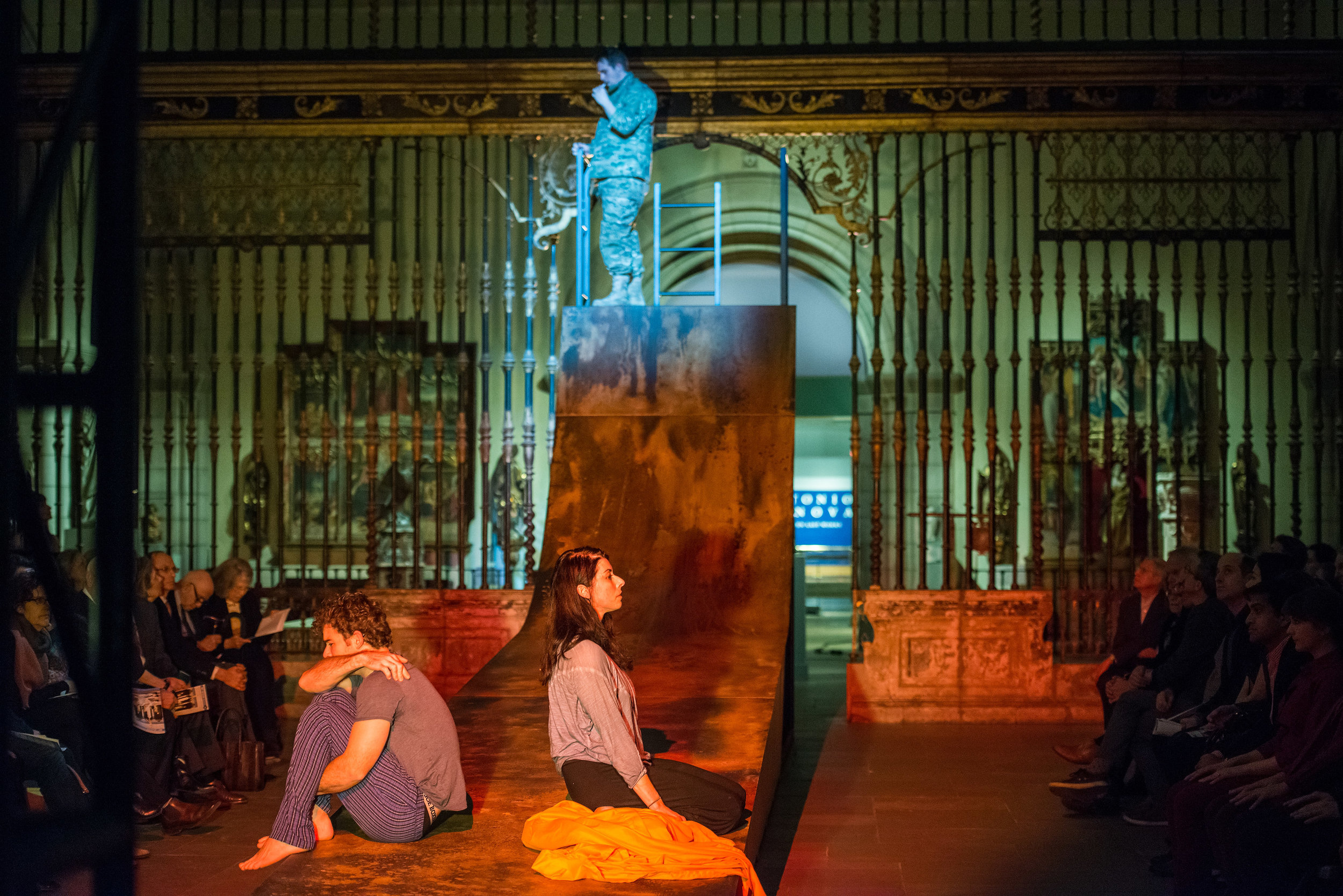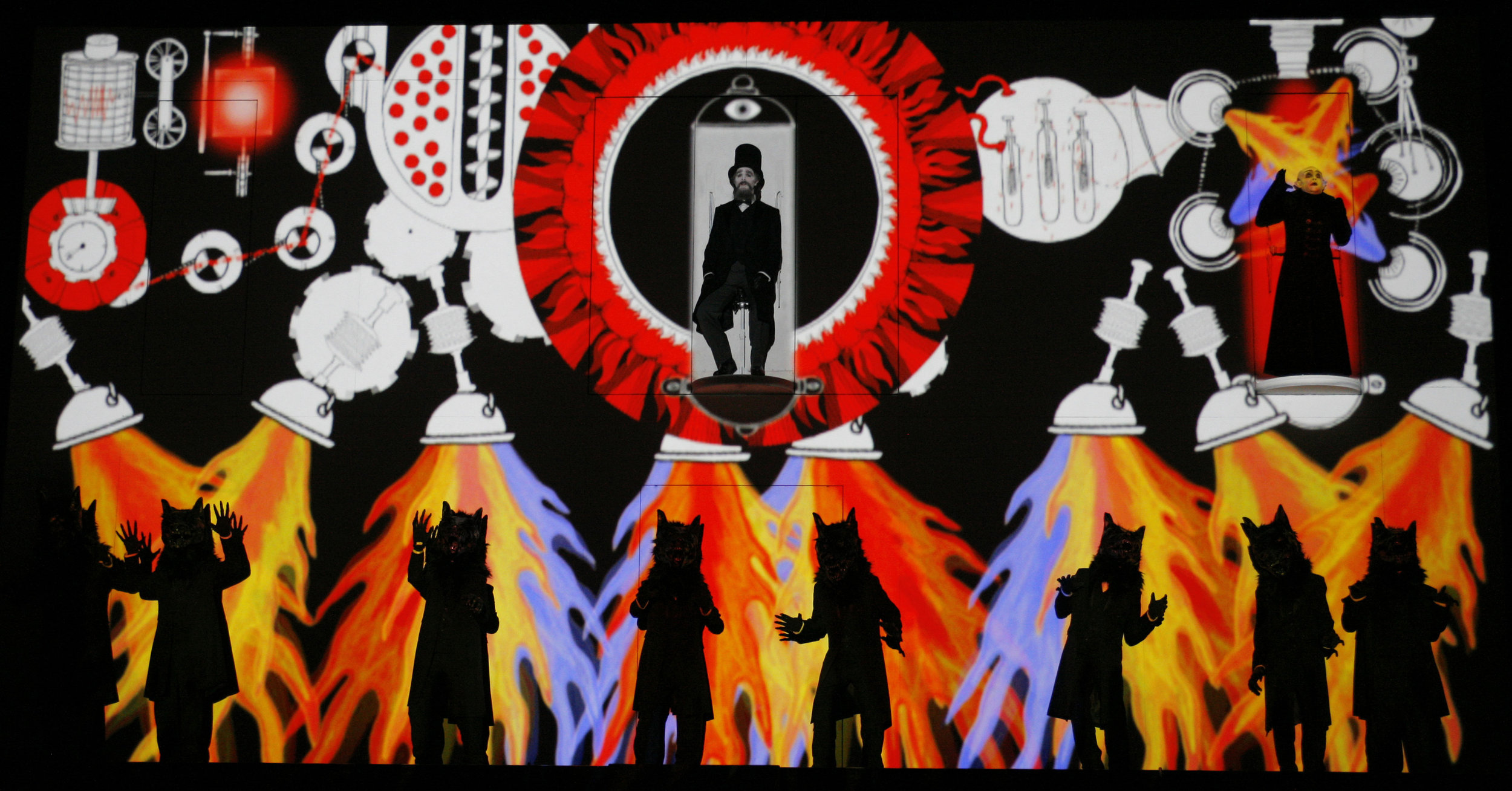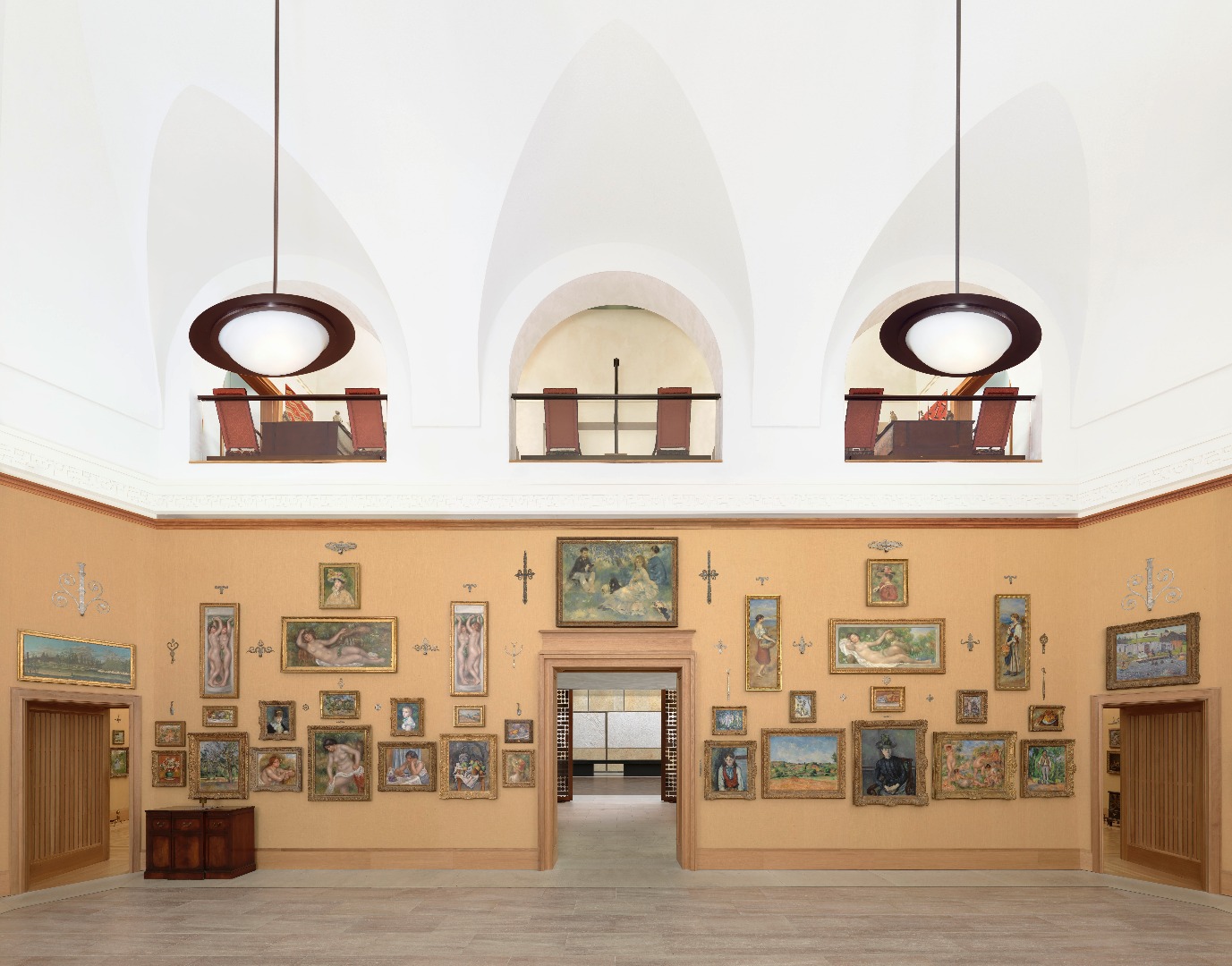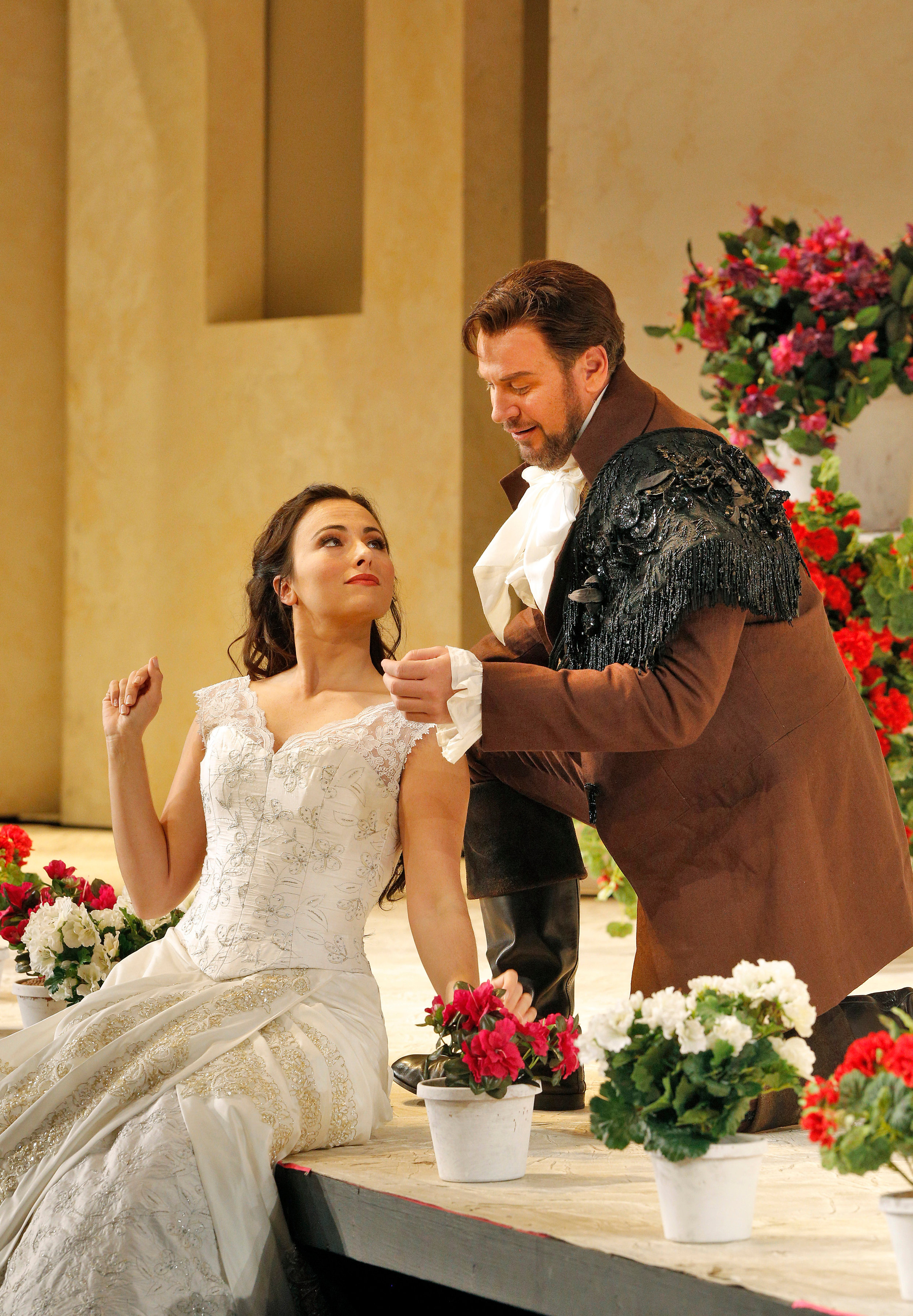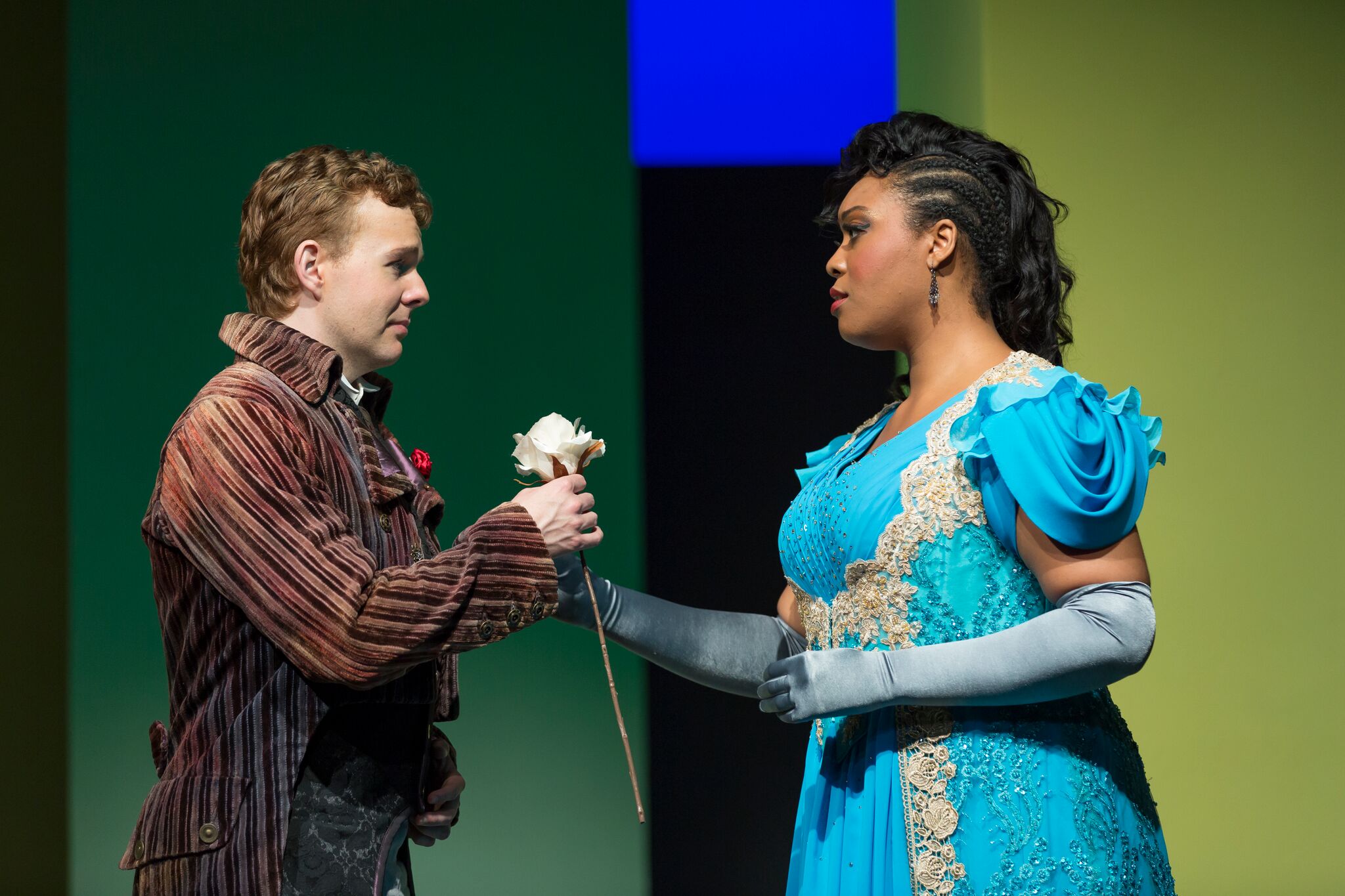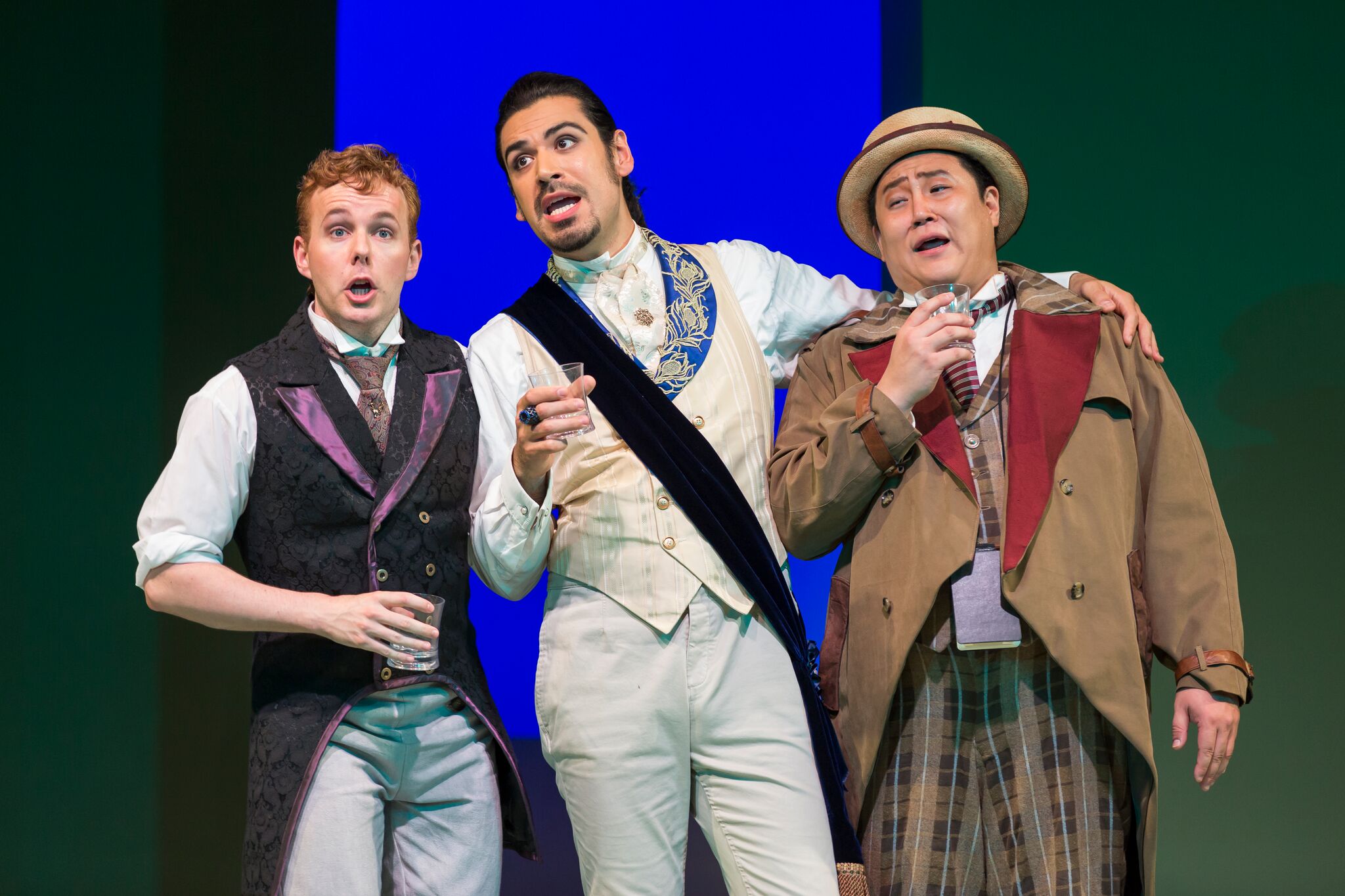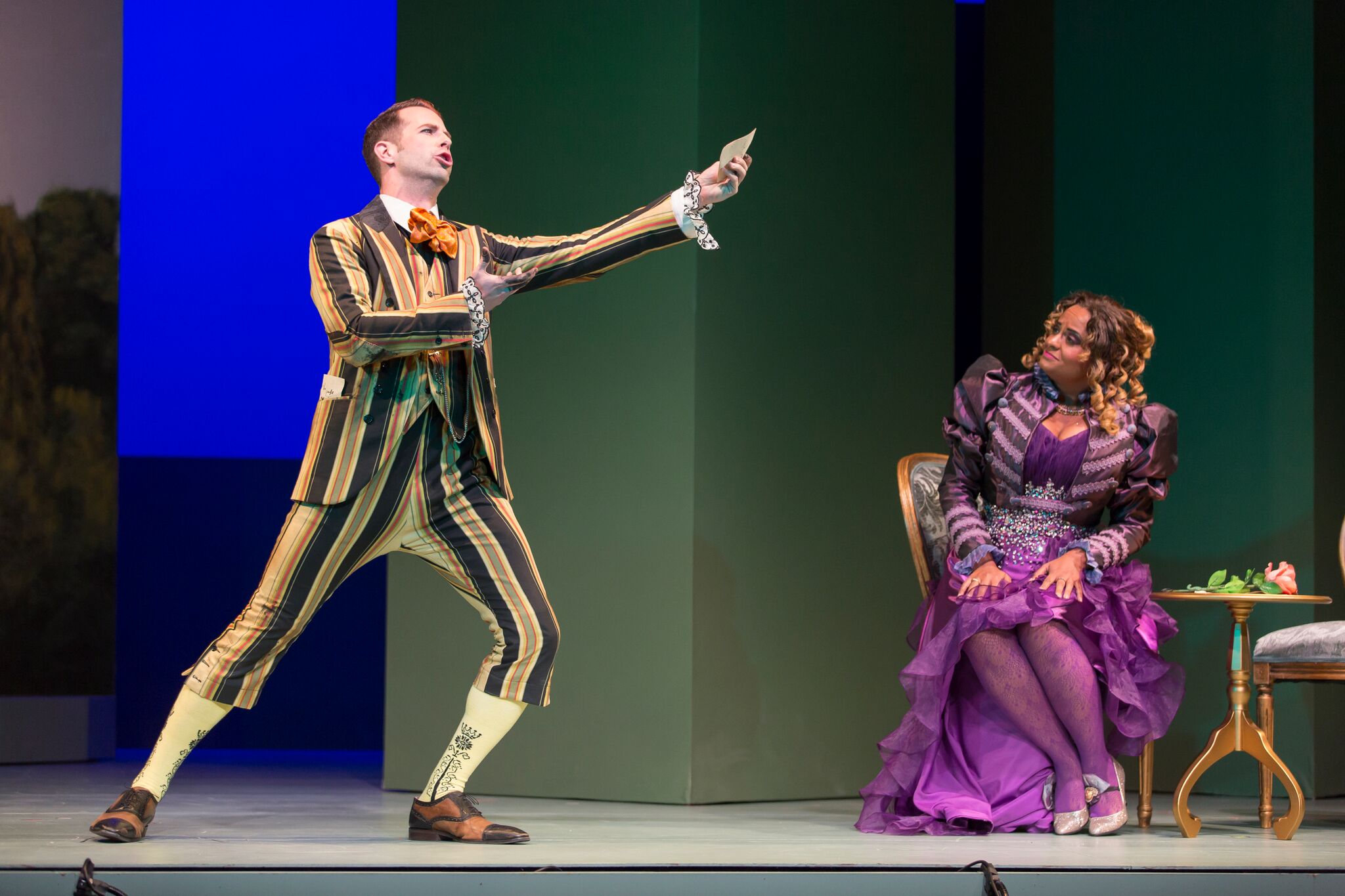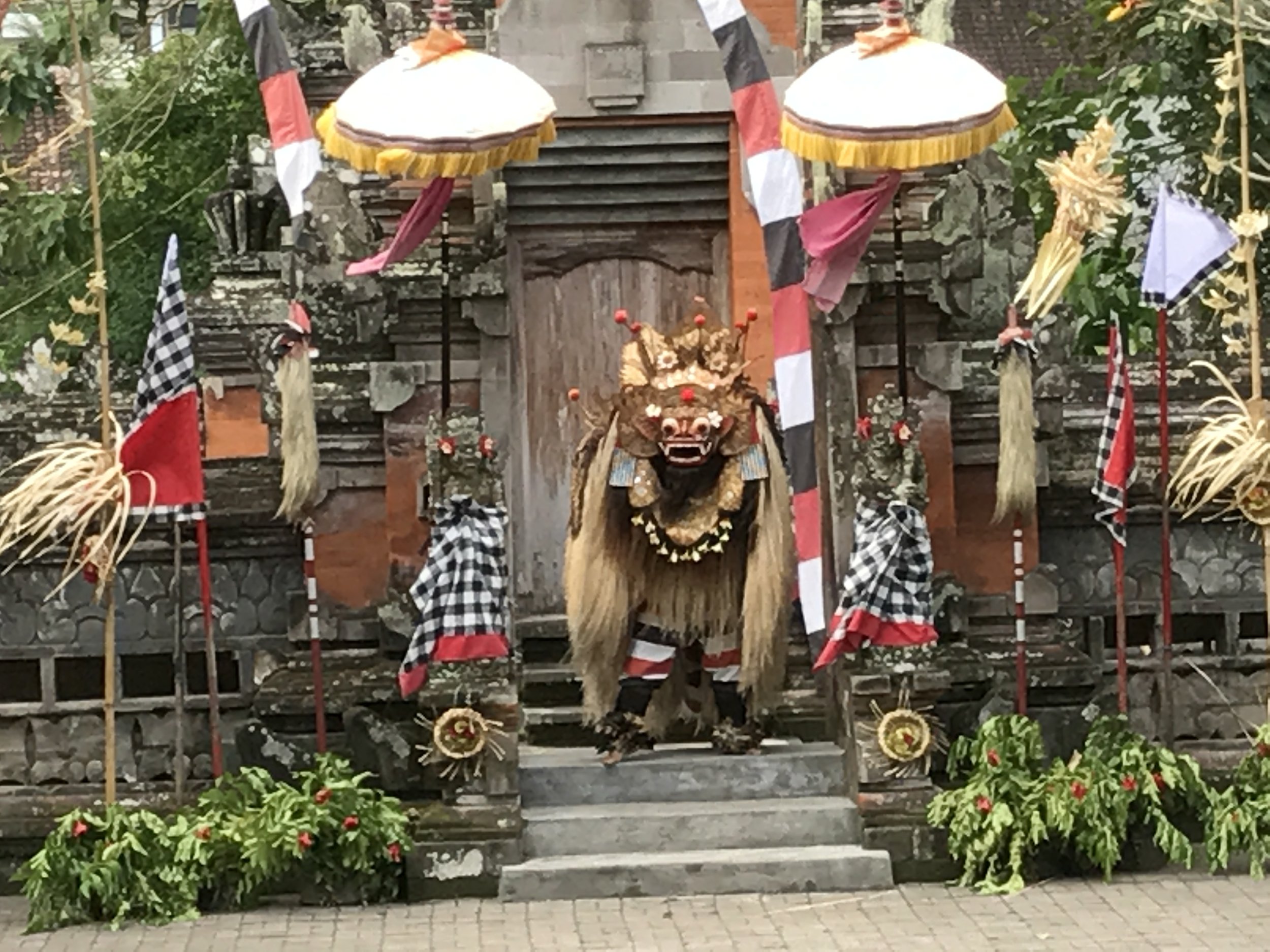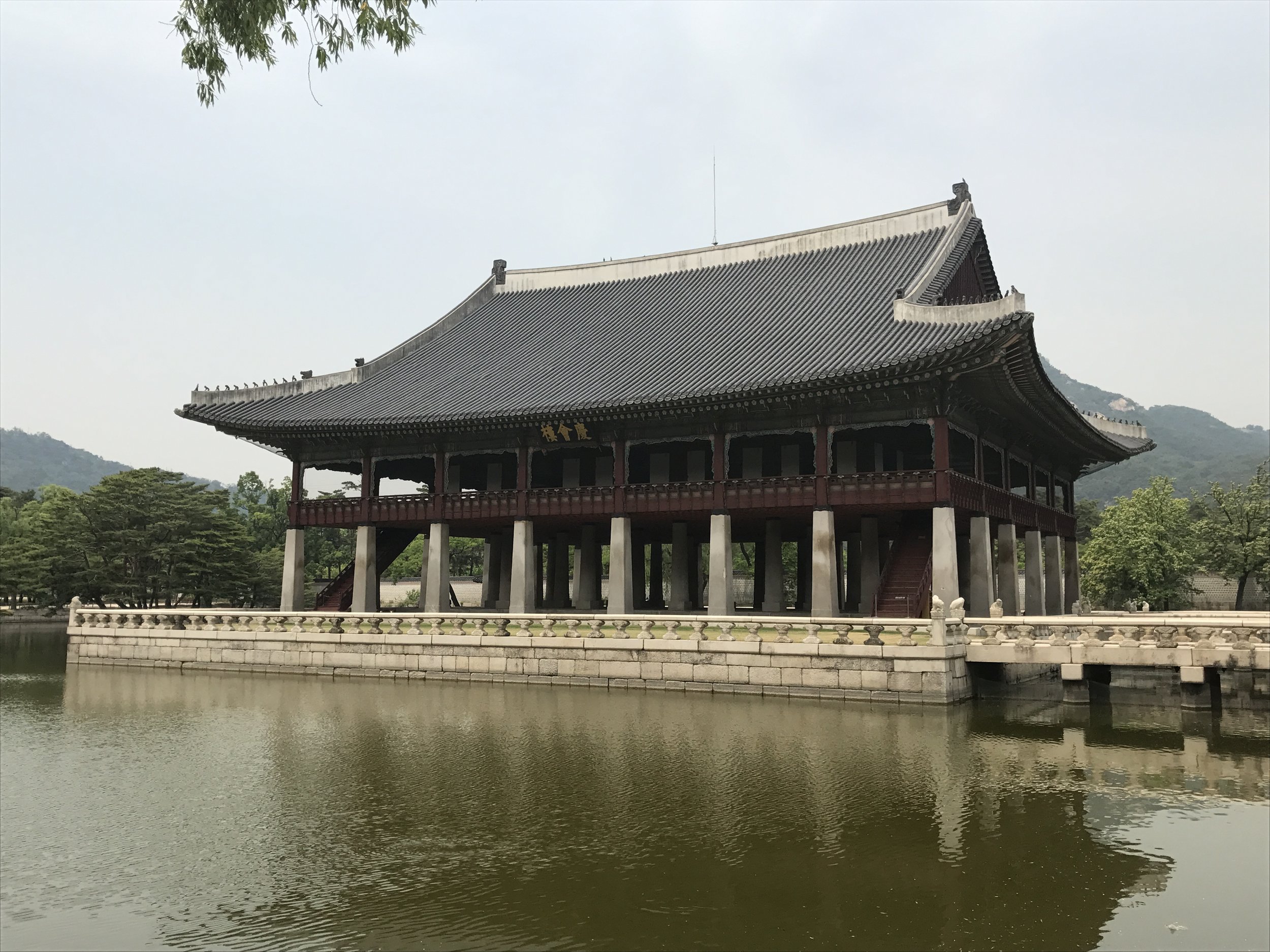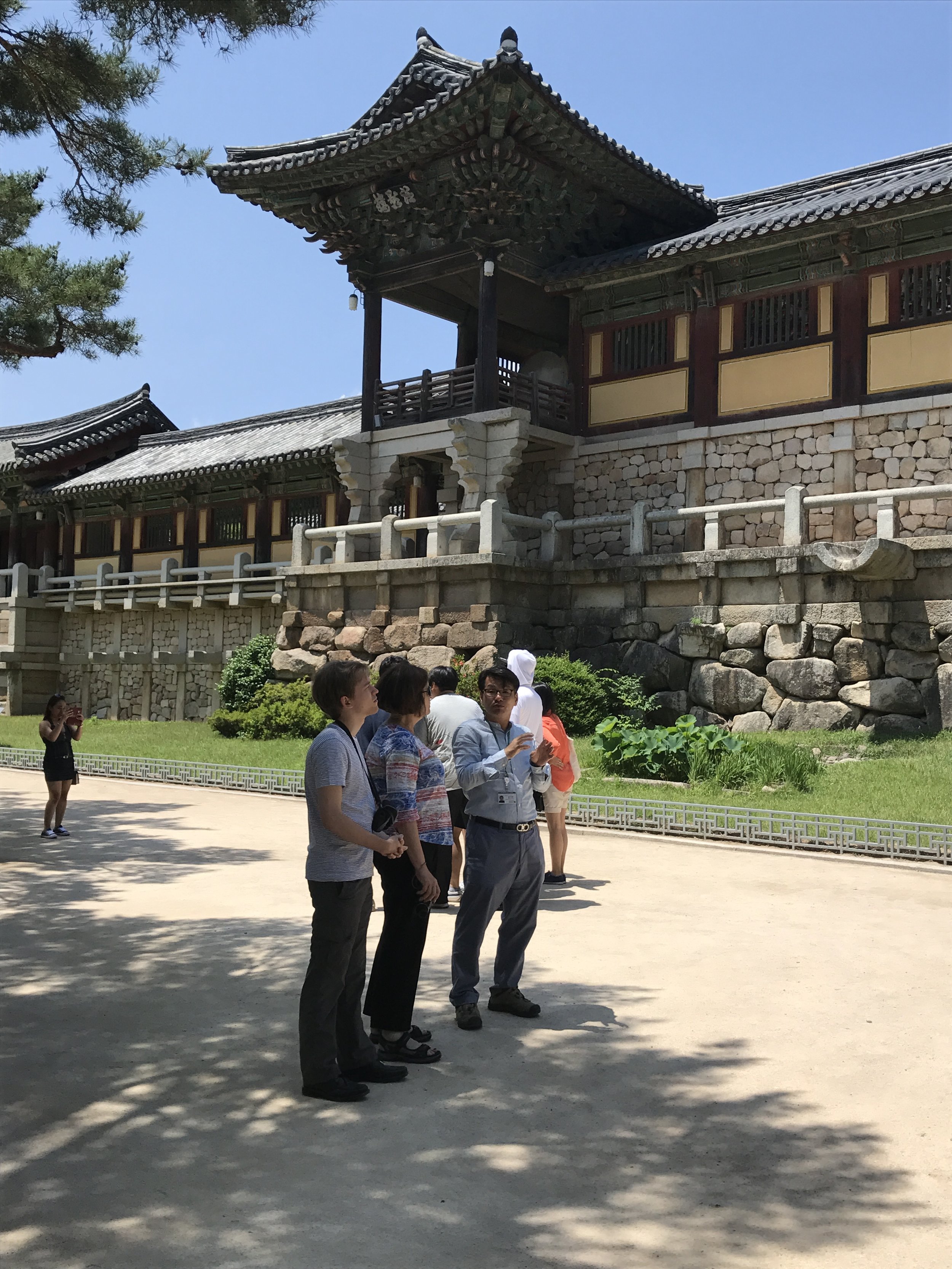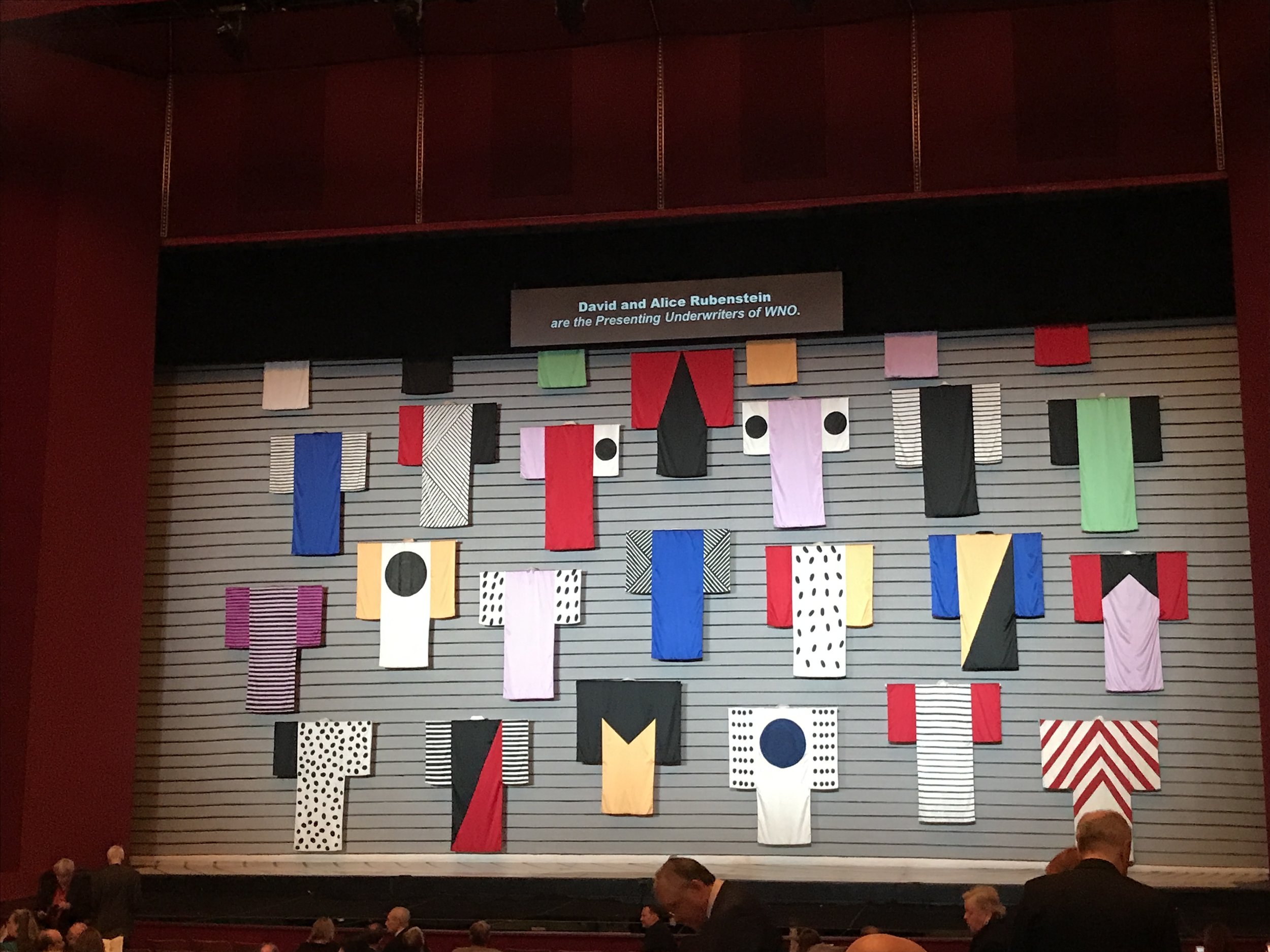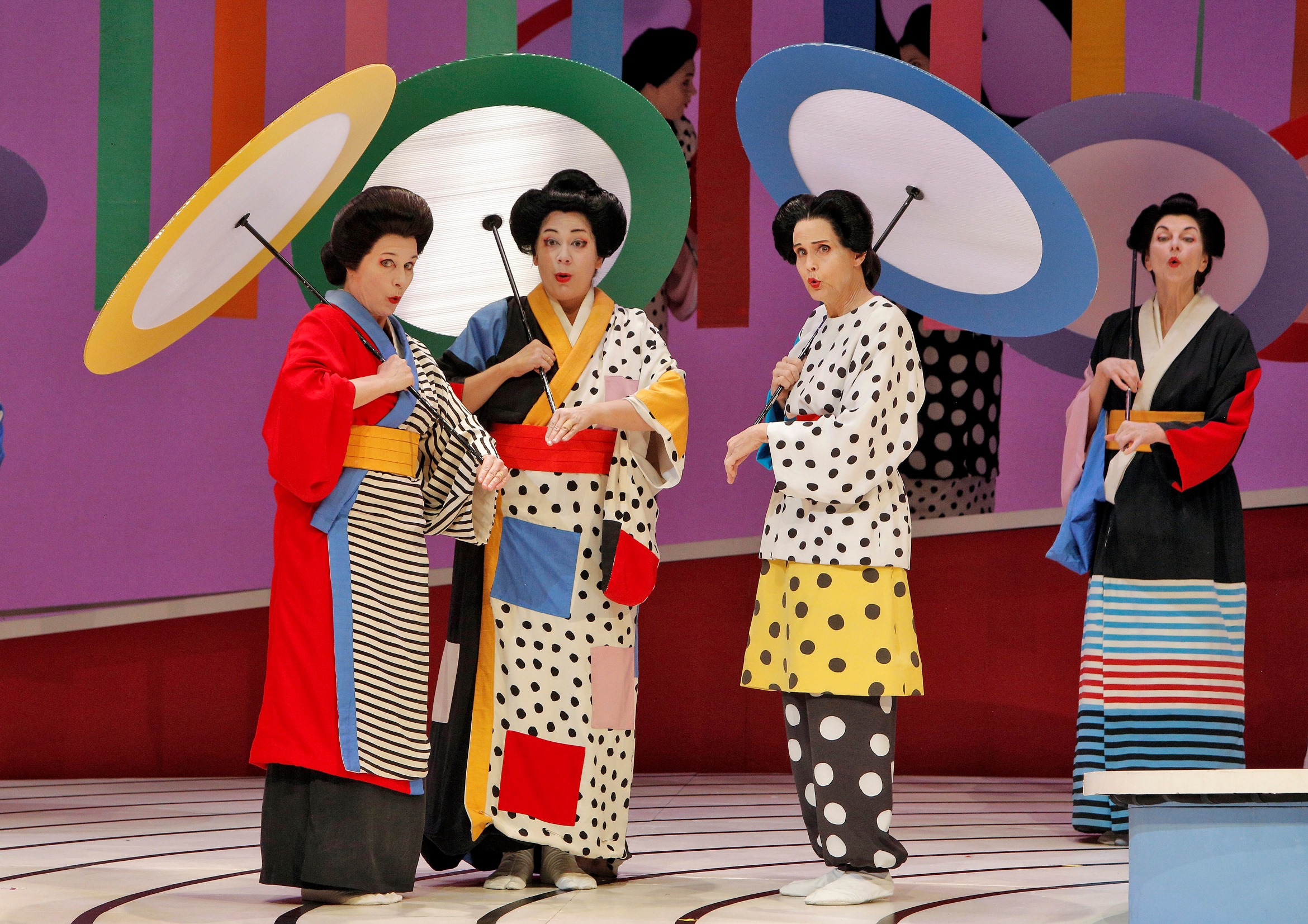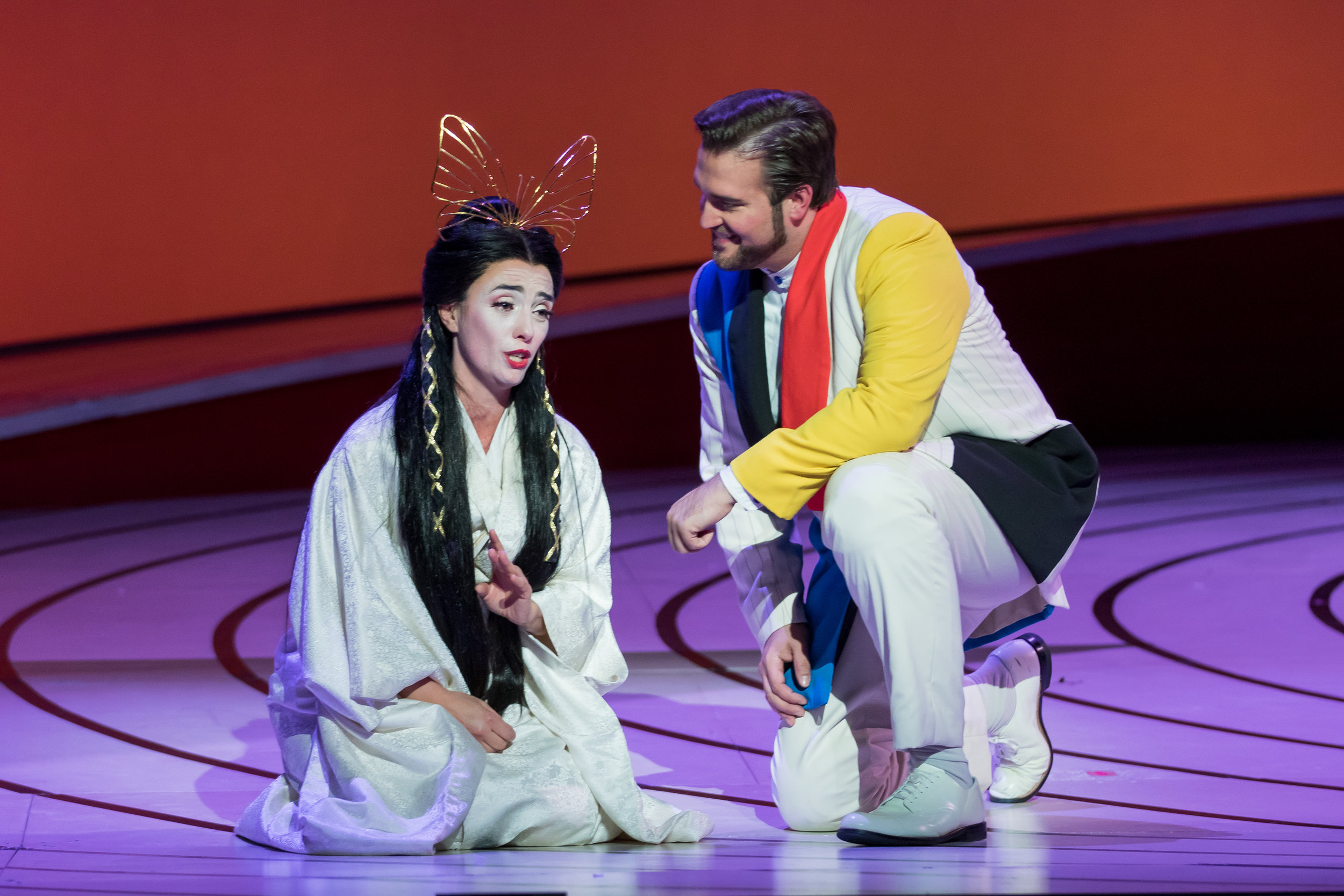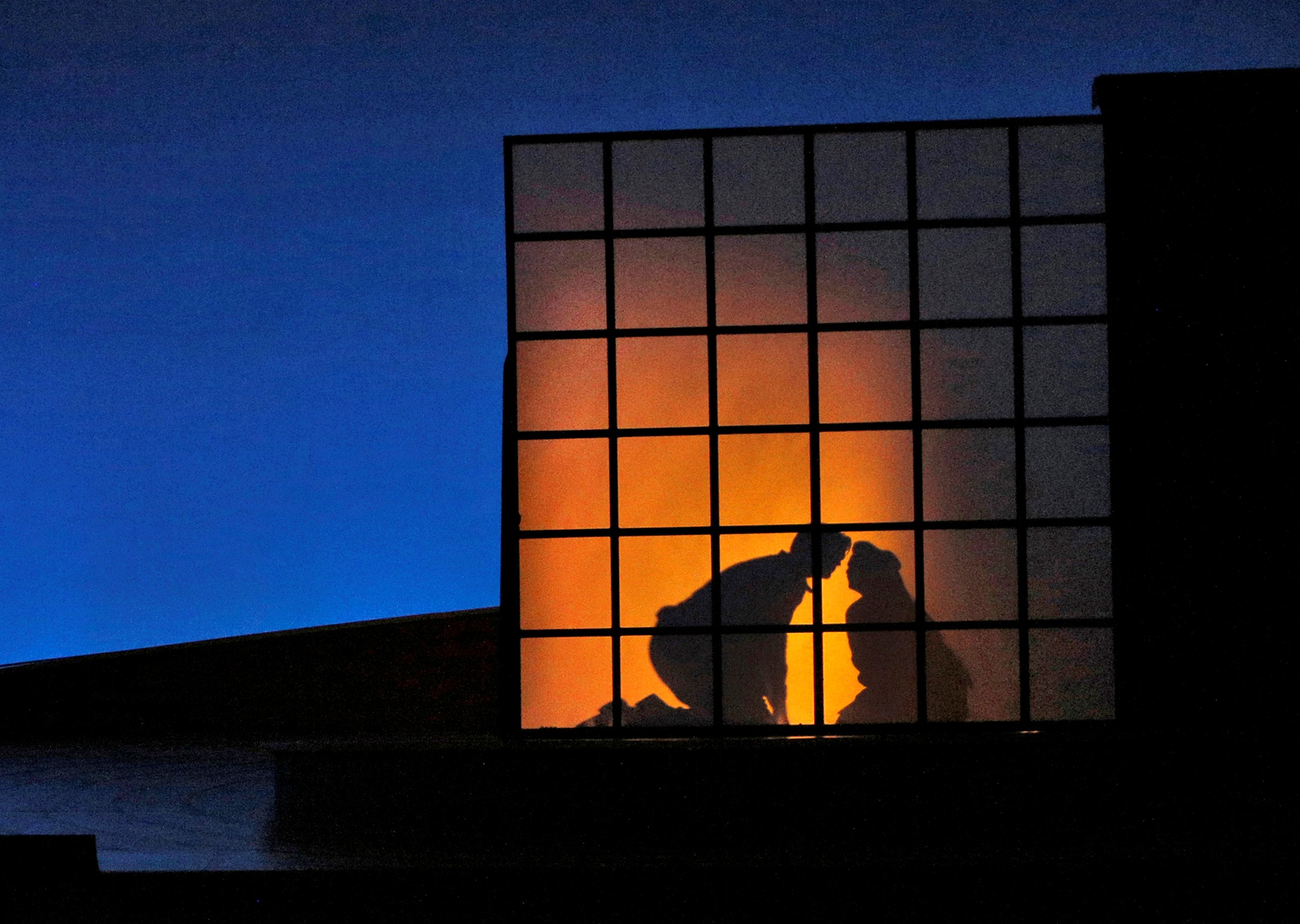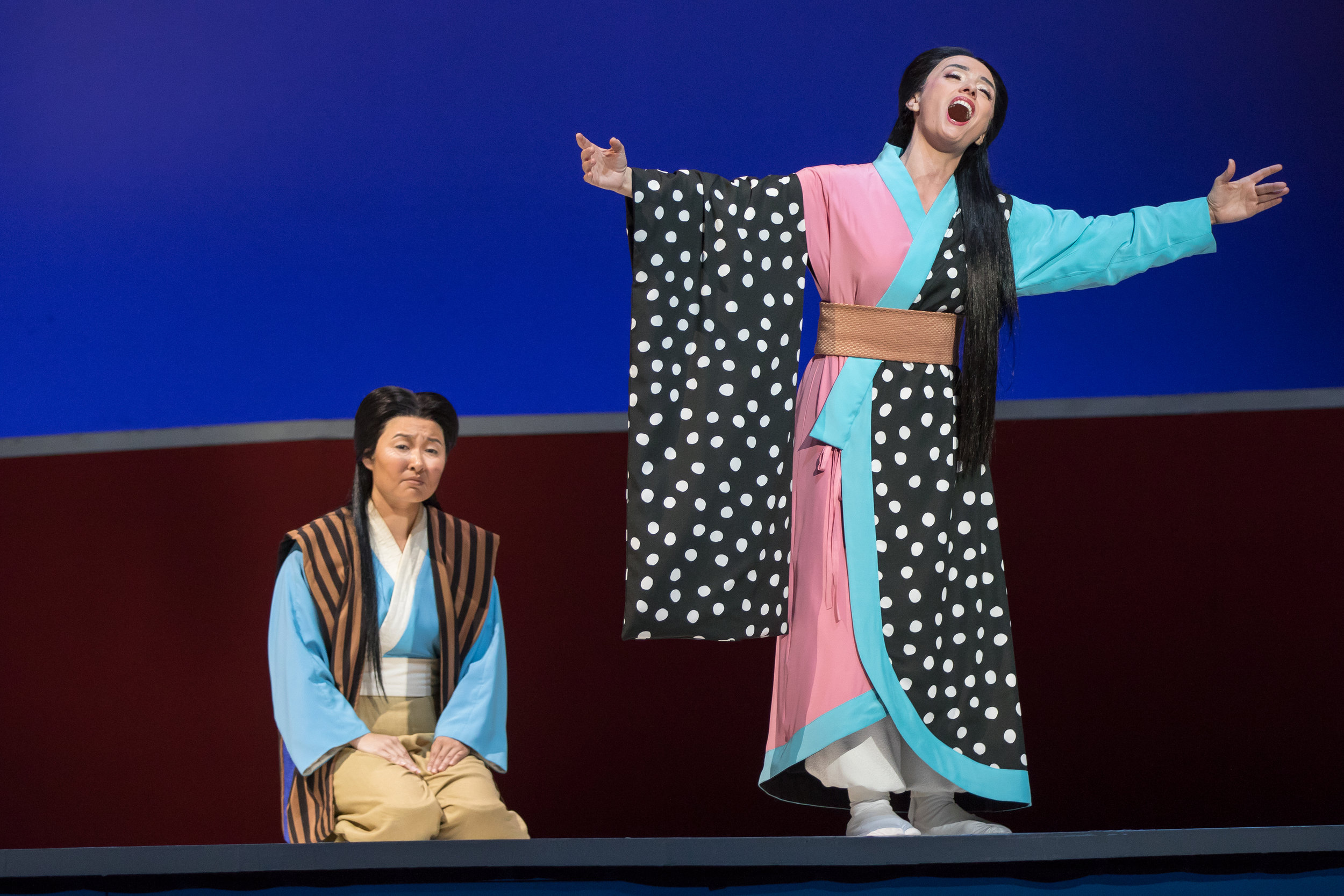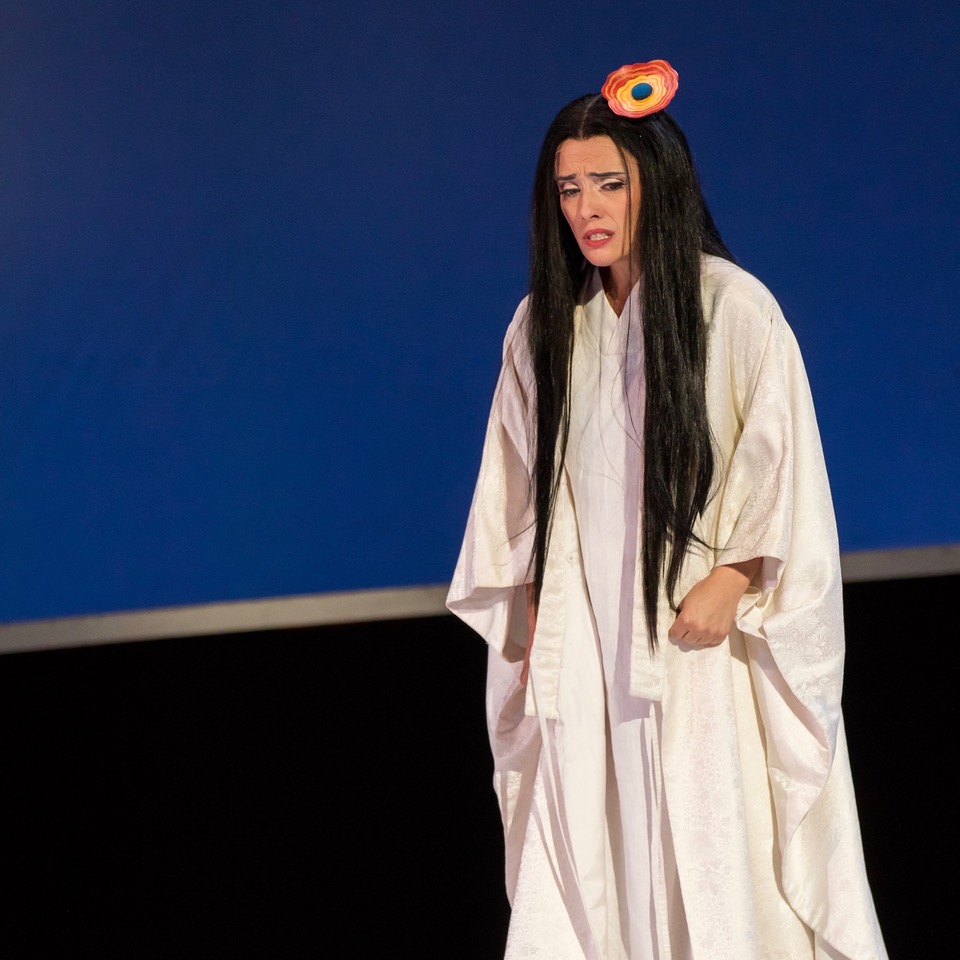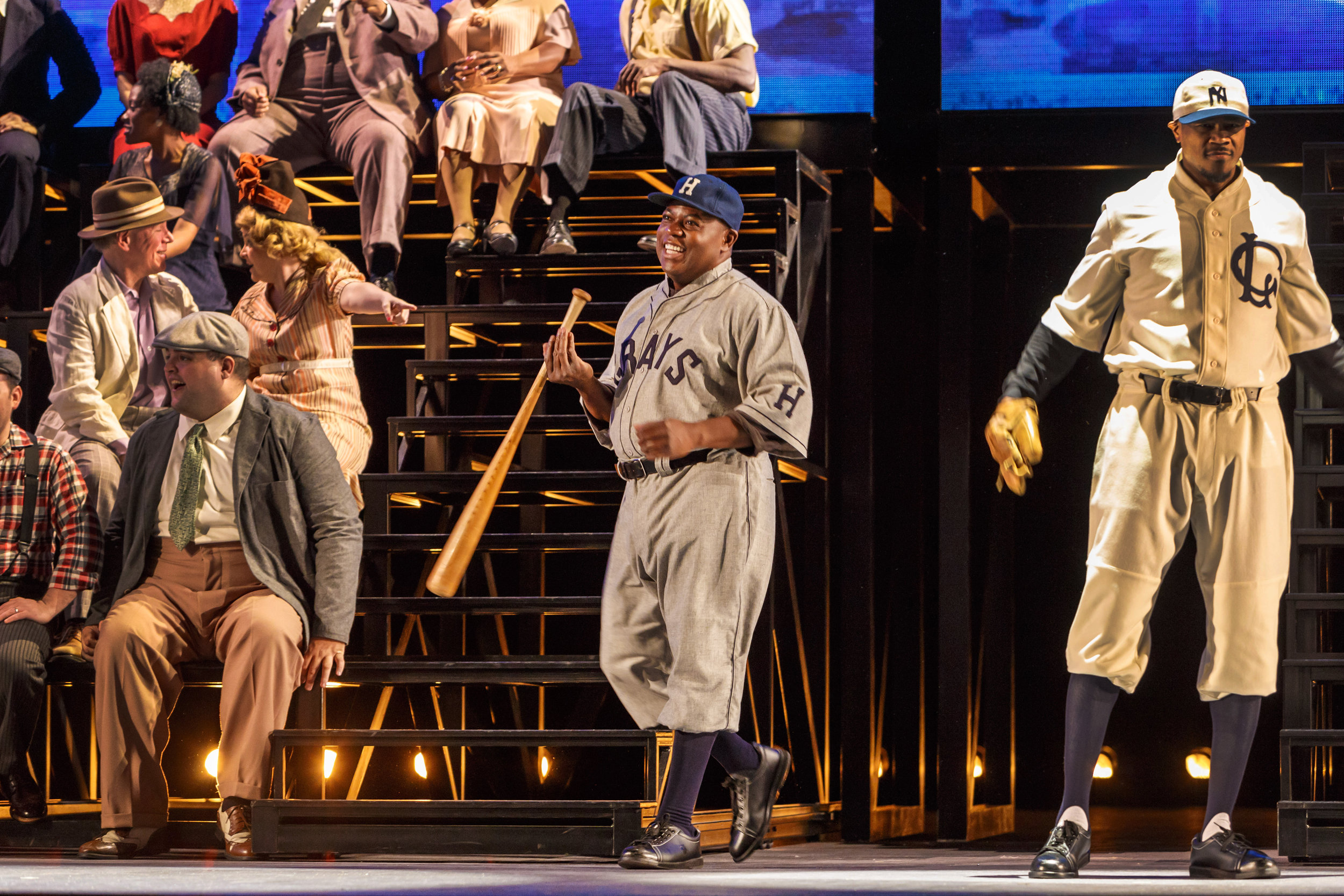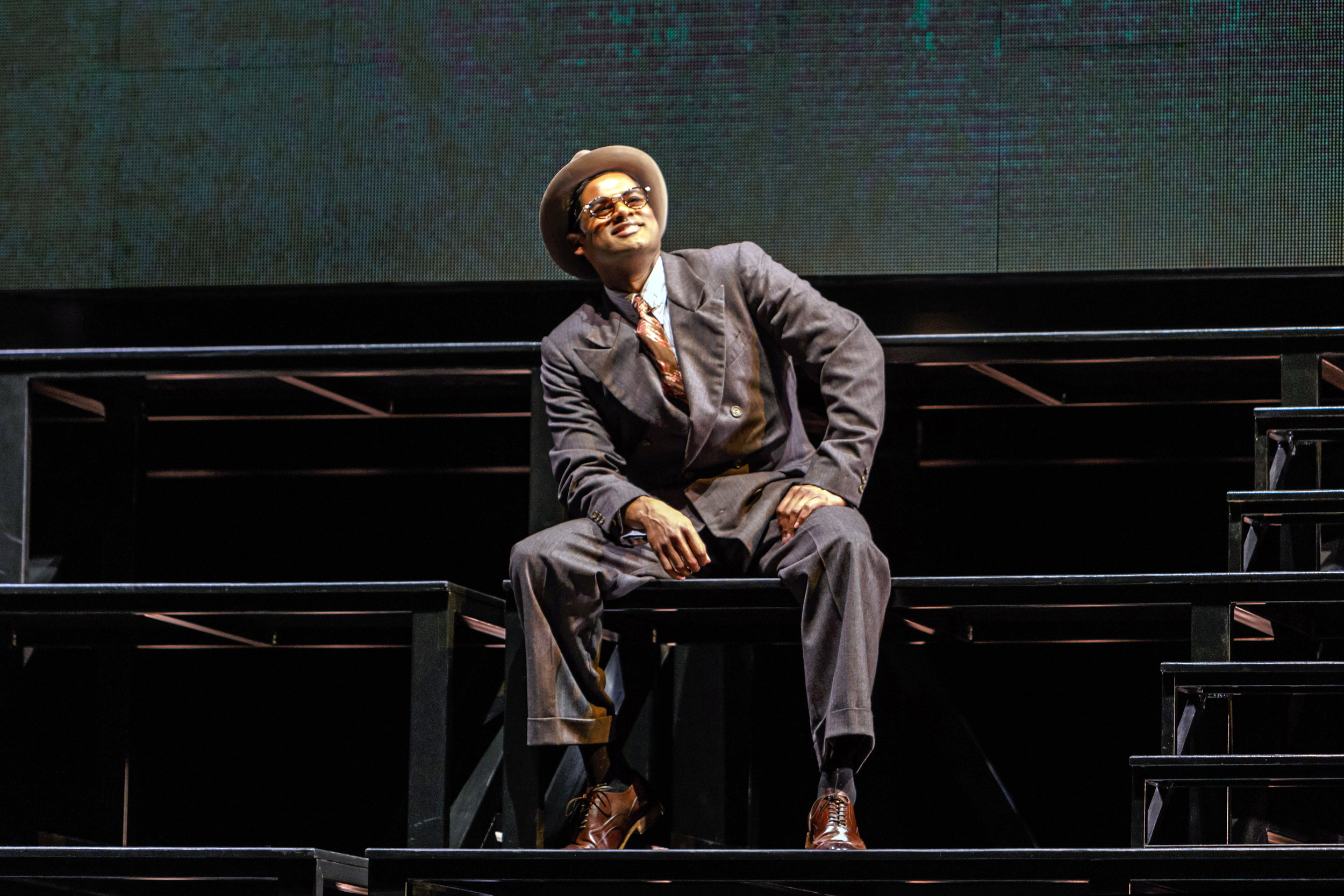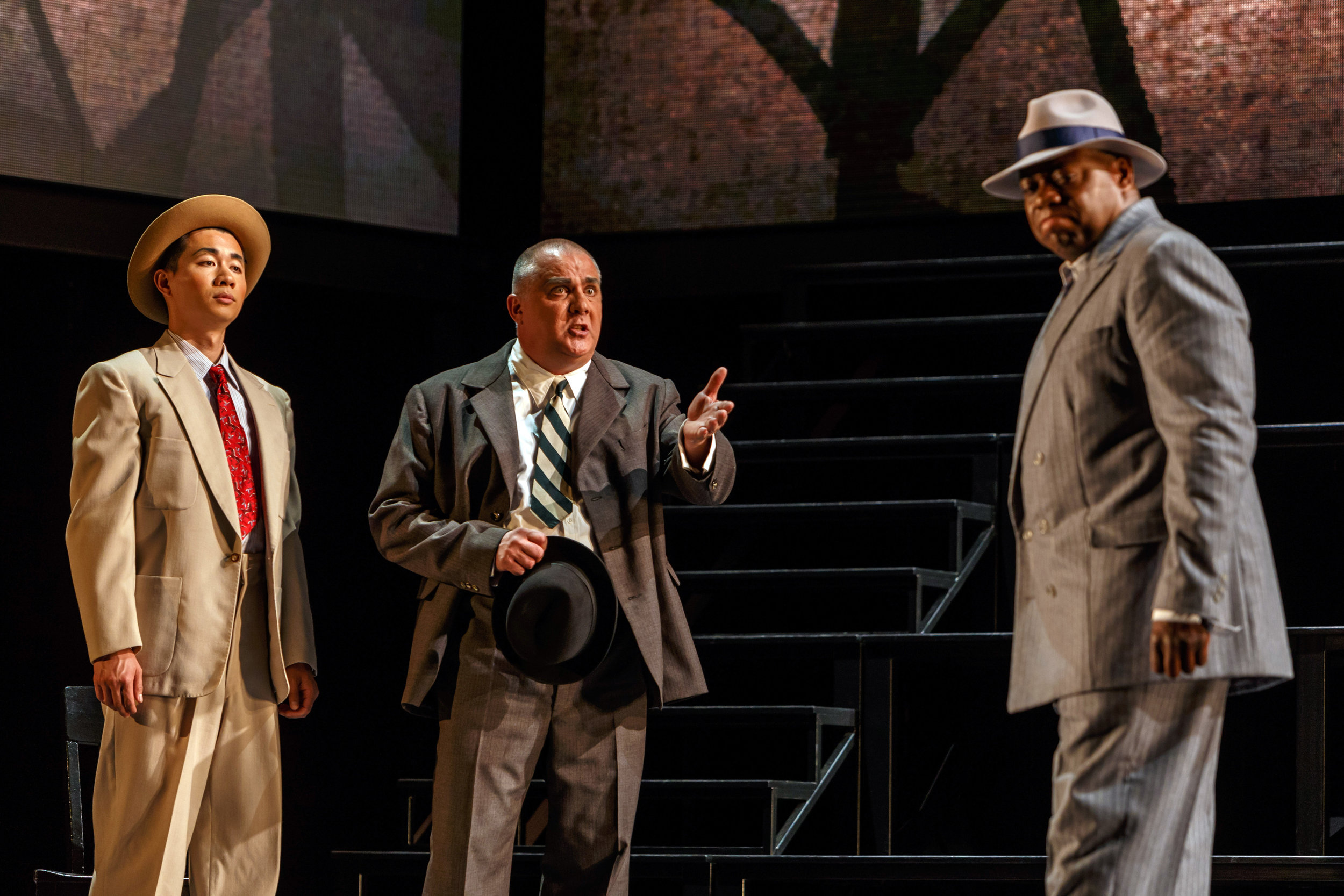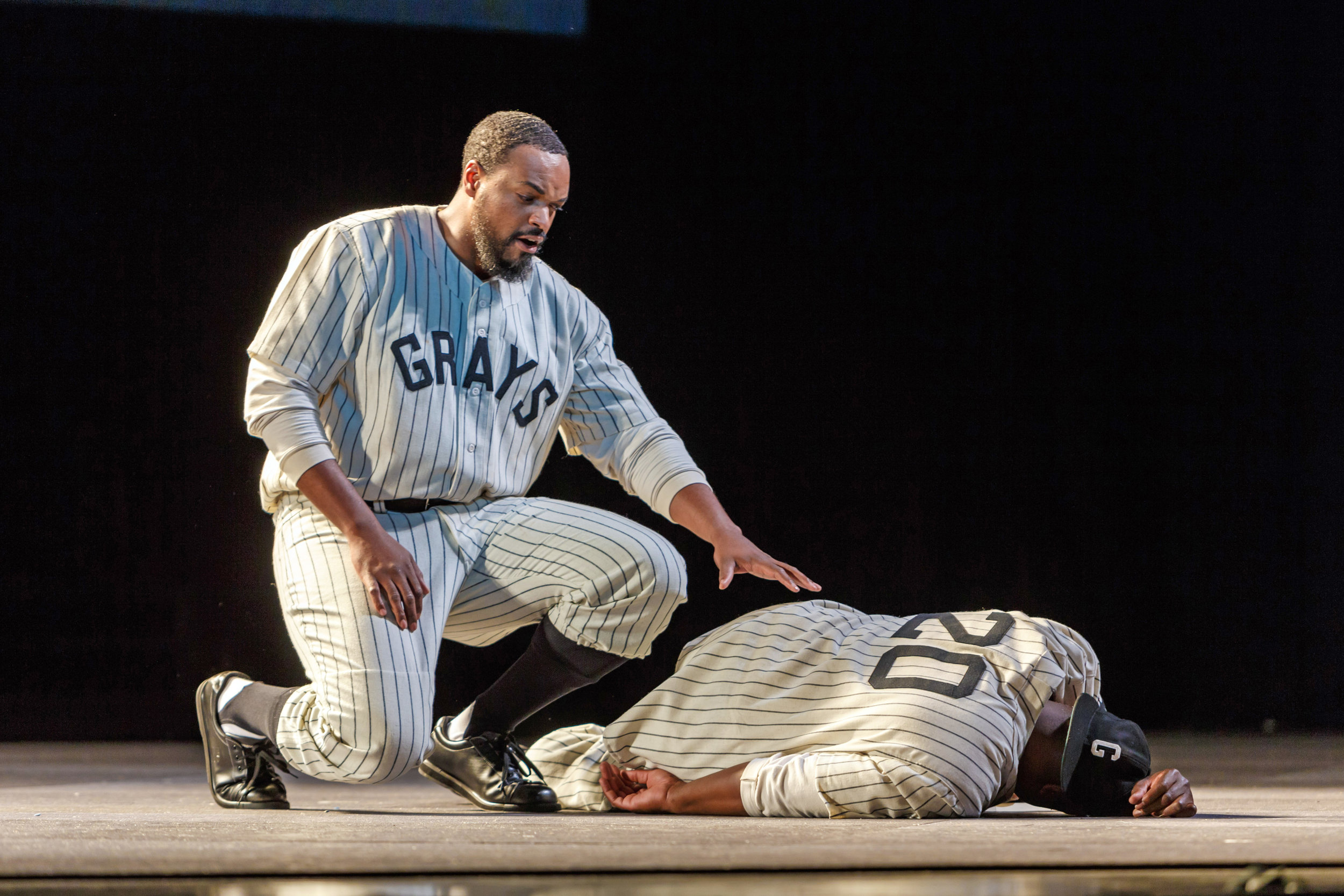Met Opera’s “Live in HD in Cinemas” program has become popular locally. OperaGene will now include those listings in the blog sidebar’s 3-month listing of upcoming operas in the mid-Atlantic (sidebar is at the bottom on mobile phones), as well as maintain a listing for these performances on the Seasonal Lists page; OG also includes links to reviews on the Sidebar and Seasonal Lists page. The “In Cinemas” broadcasts don’t usually occur on opening night, so if you wish to read the reviews before attending, check the sidebar for links. Back in July, I wrote a blog report on the “In Cinemas” program for the 2017-2018 season. The “Live in HD in Cinemas” are live transmissions of selected Saturday matinees; the very same transmission is then repeated in many theaters the following Wednesday (check theaters for times).
Two performances are coming up quickly, Norma on October 7 and Die Zauberflote (The Magic Flute) on October 14. Both cinema broadcasts are worth attending if you can't make it to New York; enter your city and state (zip code does not work) at this link to find participating cinemas near you. The best seats in theaters that offer reserved seating fill up quickly; so, don’t procrastinate in getting your tickets; the live in HD performances on Saturday tend to sell out more quickly than the Wednesday rebroadcasts.
Sondra Radvanovsky as Norma and Joyce DiDonato as Adalgisa. Photo by Ken Howard and courtesy of the Metropolitan Opera.
Why should you see Norma? Reasons to see Norma by composer Vincenzo Bellini and librettist Felice Romani are addressed in this article from The Telegraph, “Why Norma is an Operatic Masterpiece”. Norma has an engaging story, but the pivotal point is this: the opera pushes the Italian bel canto (beautiful singing) style to its limits. You have to have a diva equal to the task. Maria Callas is considered the greatest Norma. For the October 7 performance, reigning American diva, soprano Sondra Radvanovsky, plays the role of Norma, and in another major role, mezzo-soprano Joyce DiDonato, one of the world's most celebrated opera singers, plays priestess Adalgisa. Celebrated tenor, Joseph Calleja sings Pollione, Norma’s secret lover. It is a traditional production and the reviews are good; for the singing, they are excellent. The Met Opera trailer taken from Vimeo is shown below.
Golda Schult z as Pamina and Markus Werba as Papageno. Photo by Richard Termine; courtesy of the Metropolitan Opera.
Why should you see Die Zauberflote (The Magic Flute)? The answer on this one is simple – the music; it’s Mozart, and the music is as melodic and pleasing as classical music gets. The story is a fantasy about the struggle between good and evil. The Met Opera production is the full, German production and includes the inventive and charming Julie Taymor puppets, which appear to me to be updated versions. That’s entertainment, and the music will resonate in your head for weeks. The reviews are also good for this one. From Thanksgiving through early December, the Met will offer an English language, family version of The Magic Flute – a holiday, 100-monute, kid-friendly production, but you have to attend at Lincoln Center to see that one. Below is a short clip from YouTube.


